The first season with general manager Joe Schoen and coach Brian Daboll at the helm resulted in a resurgence for the Giants, who went 9-7-1 and claimed their first postseason victory since Super Bowl XLVI 11 years prior. That begs the question: What is the next step for the team?
The Giants.com crew discusses in this week's Cover 4:
John Schmeelk: They need to be better in the passing game on both sides of the ball. Offensively, the Giants were one of only eight teams to average fewer than 200 passing yards per game. No NFL team had fewer than the Giants' 28 pass plays of 20 or more yards. If the Giants want to score more points and compete with the best teams in the league, they need to get 30 points more than the two times they did it in 19 outings last season. If that happens, the Giants could be a contender for a Super Bowl run.
Defensively, the below-average run defense hid a couple of issues with the pass defense. Last year, the Giants played eight games against five teams that finished in the top half of the league in passing yards per game. They went 2-9 in those games with their only wins coming against the Jaguars and Vikings, both of which went down to final possessions in the fourth quarter. The losses came against Minnesota, Seattle, Dallas (twice), Eagles (twice) and the Lions. Some of those losses were not particularly close.
The Eagles ran for over 200 yards against the Giants twice, but if they could have covered more consistently, they would have been able to put more players closer to the line of scrimmage to slow things down on the ground.
The Giants' schedule this year will feature more games against top passing offenses after having the good fortune of playing four of the five worst passing offenses in the league last year. Next year the Giants will have to contend with the Bills, Dolphins, potentially the Aaron Rodgers-led Jets and the Las Vegas Raiders in the AFC alone. It will only get tougher, and the pass defense needs to rise to the occasion.
Dan Salomone: Perhaps the most incredible accomplishment of last season was the Giants making the postseason with only one win in the division. They were 1-4-1 against the NFC East, not including the 38-7 loss to the Eagles in the Divisional Round). The other six playoff teams in the NFC were 26-10 against their own division, with no club worse than 4-3. While the Giants' 5-0 sweep of the AFC was masterful, it won't be sustainable. And the Giants know that. They have been set on closing the talent gap within the NFC East because that is the surest way to the playoffs year in and year out. The next step is taking care of the division.
View photos of every move made by the Giants during the 2023 cycle.


QB Jacob Eason - Free Agent Signing from NYG Practice Squad (January 6)

TE Tyree Jackson - Free Agent Signing from NYG Practice Squad (January 6)

K Mason Crosby - Activated, from Practice Squad (Standard Elevation) (January 6)

OT Yodny Cajuste - Activated, from Practice Squad (Standard Elevation) (January 6)

S Jason Pinnock - Reserve/Injured (January 6)

QB Jacob Eason - Practice Squad Signing (January 4)

OT Tyre Phillips - Reserve/Injured (January 2)
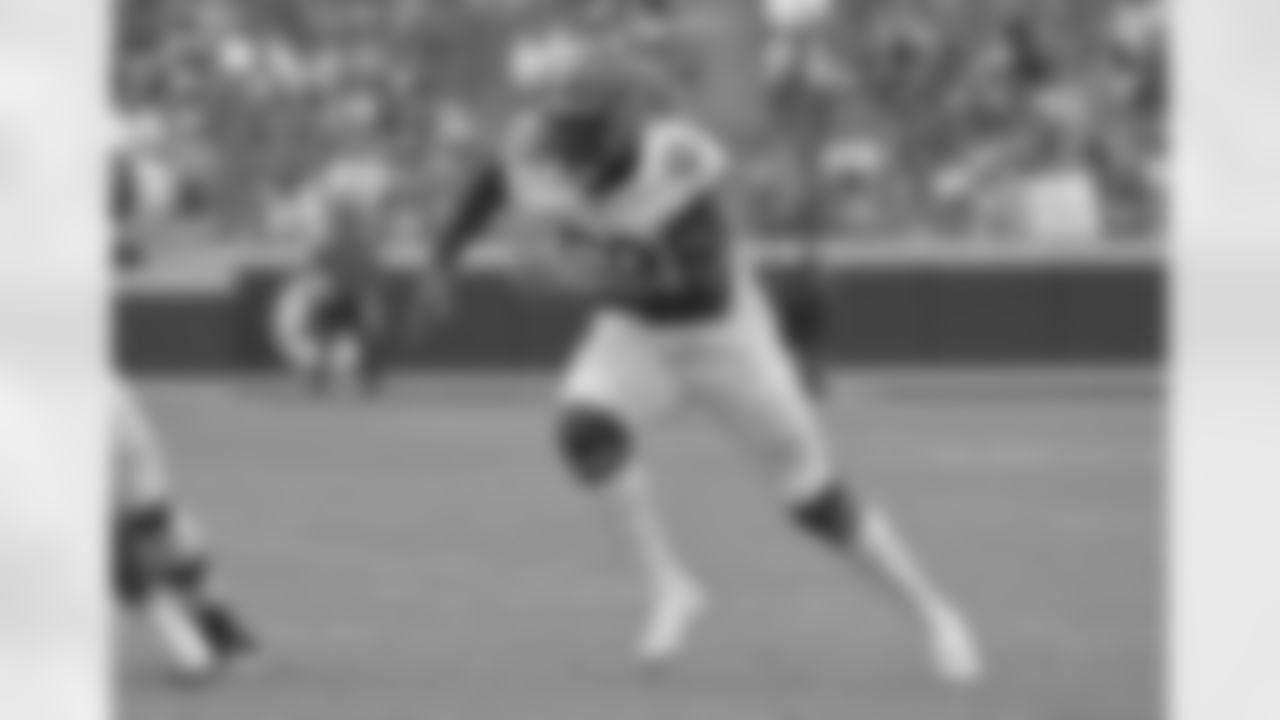
OLB Jeremiah Martin - Practice Squad Signing (January 1)

K Mason Crosby - Activated, from Practice Squad (Standard Elevation) (December 30)

WR Dennis Houston - Activated, from Practice Squad (Standard Elevation) (December 30)

LB Darrian Beavers - Free Agent Signing from NYG Practice Squad (December 30)

TE Lawrence Cager - Reserve/Injured (December 30)
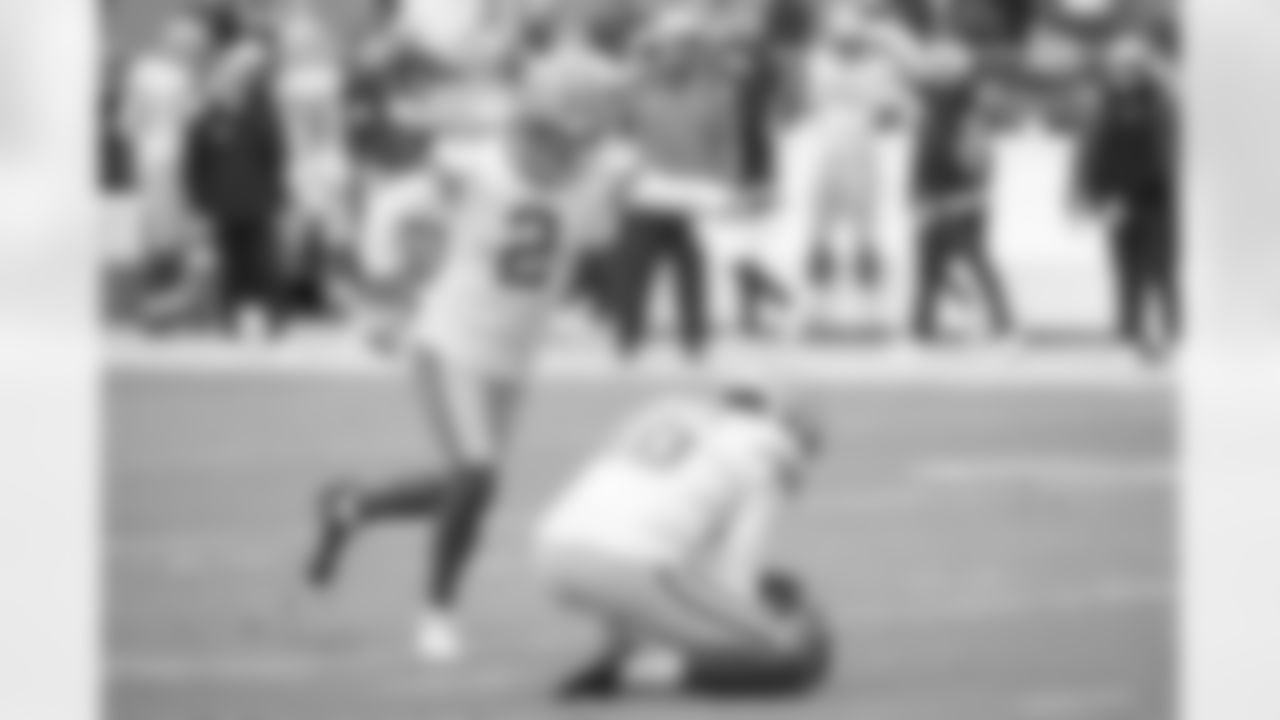
K Mason Crosby - Activated, from Practice Squad (Standard Elevation) (December 24)

OLB Tomon Fox - Activated, from Practice Squad (Standard Elevation) (December 24)

OT Matt Peart - Activated, from Reserve (December 24)

OT Evan Neal - Reserve/Injured (December 24)

K Mason Crosby - Practice Squad Veteran (December 22)

K Cade York - Practice Squad; Injured (December 22)

K Randy Bullock - Reserve/Injured (December 21)

DL Timmy Horne - Free Agent Signing from ATL Practice Squad (December 21)

OT Matt Peart - Designated for Return / Returned to Practice (December 20)

RB Gary Brightwell - Designated for Return / Returned to Practice (December 20)

TE Darren Waller - Activated, from Reserve (December 16)

S Bobby McCain - Waived, No Recall (December 16)

TE Darren Waller - Designated for Return / Returned to Practice (December 14)

QB Tyrod Taylor - Activated, from Reserve (December 11)

QB Matt Barkley - Practice Squad Veteran Signing (December 5)

QB Jacob Eason - Terminated (by Club) from Practice Squad (December 4)

QB Matt Barkley - Waived, No Recall (December 4)

QB Tyrod Taylor - Designated for Return / Returned to Practice (December 4)

WR Dylan Drummond - Practice Squad Signing (November 30)

OLB Oshane Ximines - Terminated (by Club) from Practice Squad (November 30)

RB Eric Gray - Activated, from Reserve (November 25)

K Cade York - Practice Squad Exception Signing (November 24)

K Randy Bullock - Free Agent Signing from NYG Practice Squad (November 24)

K Cade York - Waived, No Recall (November 22)

RB Eric Gray - Designated for Return / Returned to Practice (November 22)

OL Joshua Miles - Practice Squad Veteran Signing (November 21)

RB Deon Jackson - Practice Squad Exception Signing (November 21)

RB Hassan Hall - Terminated (by Club) from Practice Squad (November 21)

LB Benton Whitley - Free Agent Signing from MIN Practice Squad (November 21)

RB Deon Jackson - Waived, No Recall (November 20)

OL Joshua Miles - Waived, No Recall (November 20)

K Randy Bullock - Activated, from Practice Squad (Standard Elevation) (November 18)
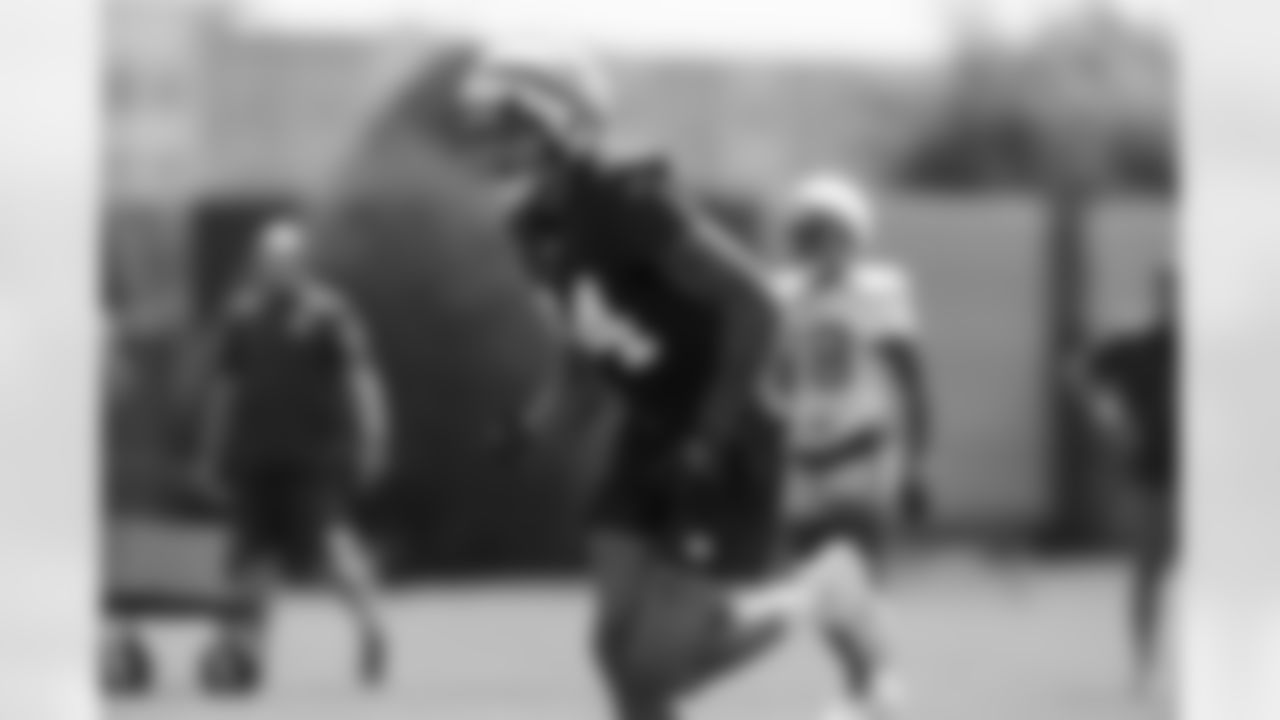
TE Tyree Jackson - Activated, from Practice Squad (Standard Elevation) (November 18)

TE Chris Myarick - Waived, No Recall from Reserve/Injured (November 13)
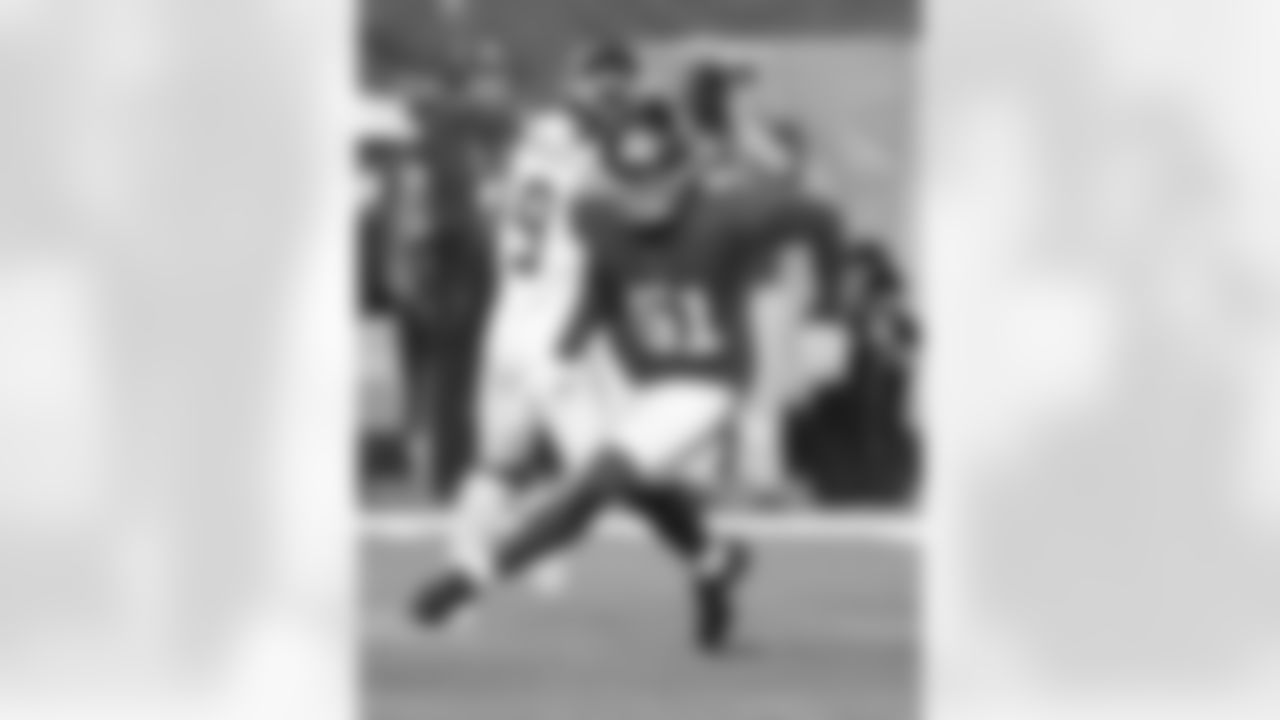
OLB Azeez Ojulari - Activated, from Reserve (November 11)

TE Tyree Jackson - Activated, from Practice Squad (Standard Elevation) (November 11)

K Randy Bullock - Activated, from Practice Squad (Standard Elevation) (November 11)
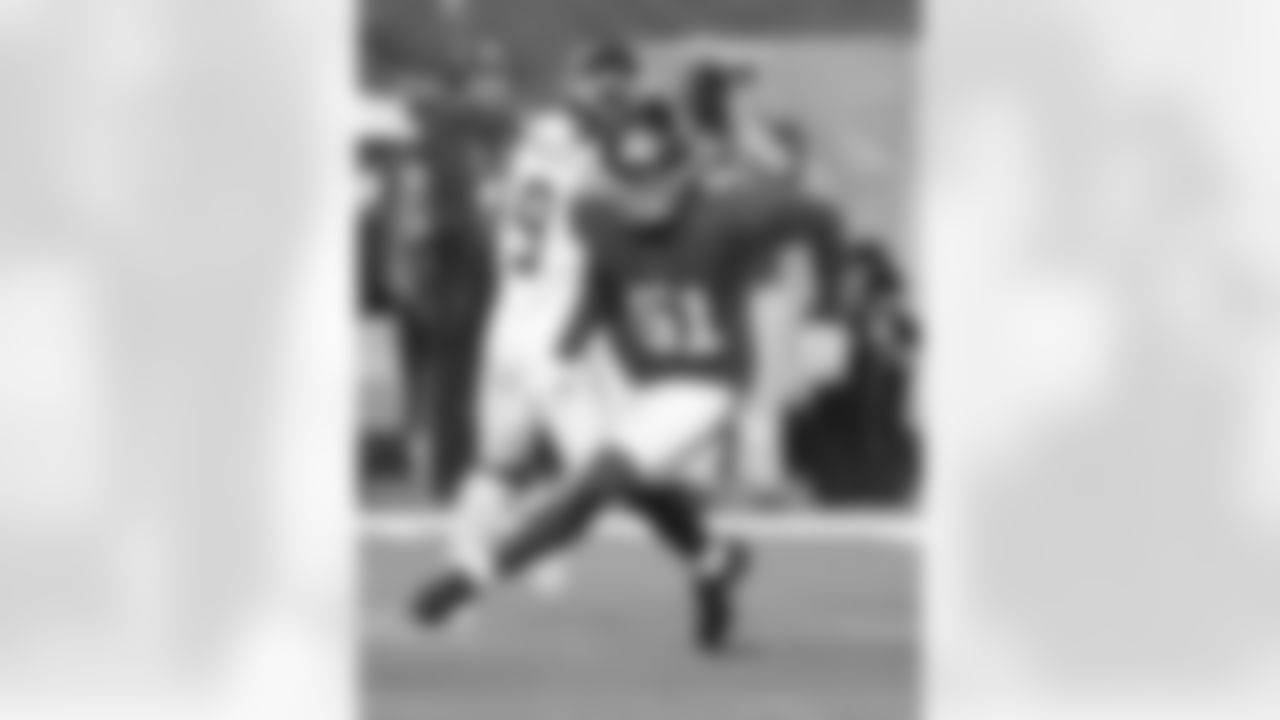
OLB Azeez Ojulari - Designated for Return / Returned to Practice (November 8)

QB Matt Barkley - QB Matt Barkley - Free Agent Signing from NYG Practice Squad (November 8)

QB Daniel Jones - Reserve/Injured (November 8)

QB Jacob Eason - Practice Squad Signing (November 7)

RB Hassan Hall - Practice Squad Signing (November 7)

OLB Justin Hollins - Activated, from Practice Squad (Standard Elevation) (November 4)

K Randy Bullock - Activated, from Practice Squad (Standard Elevation) (November 4)

TE Lawrence Cager - Free Agent Signing from NYG Practice Squad (November 4)

TE Darren Waller - Reserve/Injured (November 4)
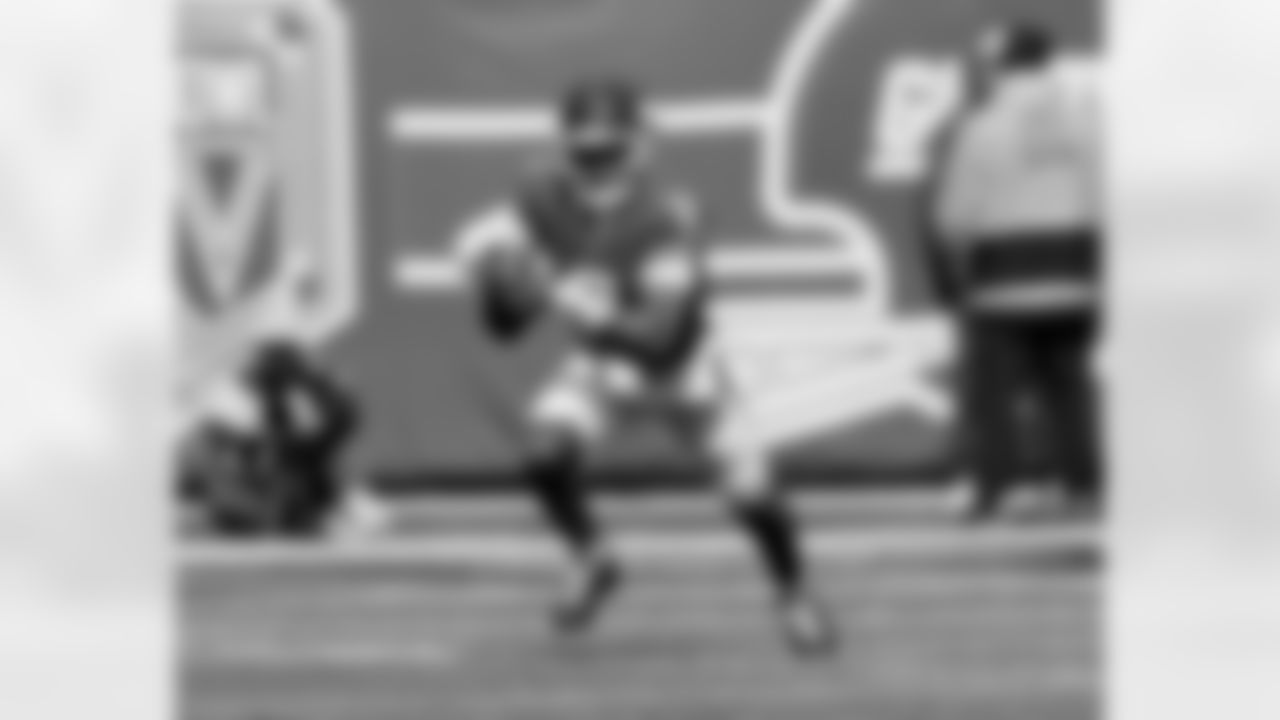
QB Tyrod Taylor - Reserve/Injured (November 4)

WR Gunner Olszewski - Free Agent Signing from NYG Practice Squad (November 3)

K Cade York - Free Agent Signing from TEN Practice Squad (November 3)

K Randy Bullock - Practice Squad Veteran Signing (November 3)

K Graham Gano - Reserve/Injured (November 3)

QB Matt Barkley - Practice Squad Veteran Signing (October 31)

QB Tommy DeVito - Free Agent Signing from NYG Practice Squad (October 31)
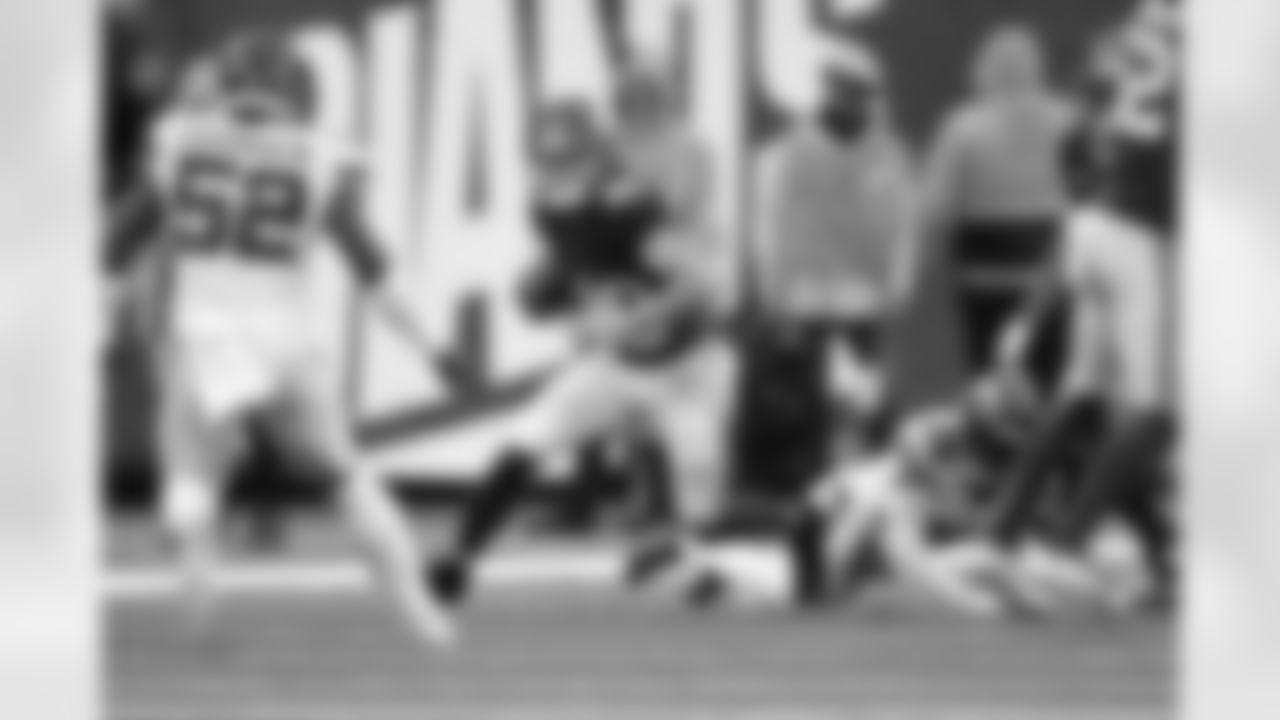
WR Gunner Olszewski - Practice Squad Veteran Signing (October 31)

OL Jaylon Thomas - Terminated (by Club) from Practice Squad (October 31)

DL Leonard Williams - Traded to Seahawks for 2024 2nd Round Pick & 2025 5th Round Pick (October 30)

CB Stantley Thomas-Oliver III - Practice Squad Veteran Signing (October 30)

WR Gunner Olszewski - Terminated, Vested Veteran, all contracts (October 30)

WR Gunner Olszewski - Free Agent Signing from NYG Practice Squad (October 28)

RB Gary Brightwell - Reserve/Injured (October 28)

QB Tommy DeVito - Activated, from Practice Squad (Standard Elevation) (October 28)

OLB Oshane Ximines - Activated, from Practice Squad (Standard Elevation) (October 28)

RB Jashaun Corbin - Free Agent Signing from CAR Practice Squad
OLB Justin Hollins - Practice Squad Veteran Signing
RB Eric Gray, OT Matt Peart - Reserve/Injured
RB Deon Jackson - Claimed off Waivers from CLV
(October 24)
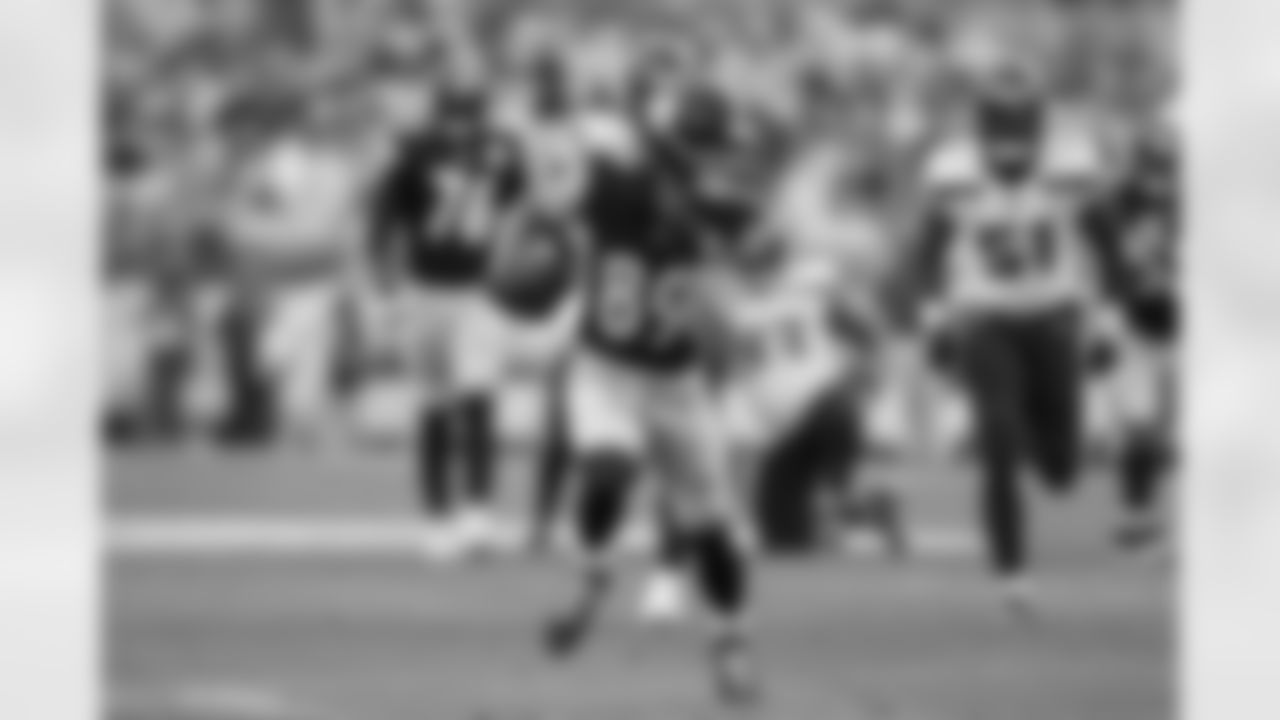
WR Gunner Olszewski - Practice Squad Veteran Signing (October 23)

QB Tommy DeVito - Activated, from Practice Squad (Standard Elevation) (October 21)

OL Jalen Mayfield - Activated, from Practice Squad (Standard Elevation) (October 21)
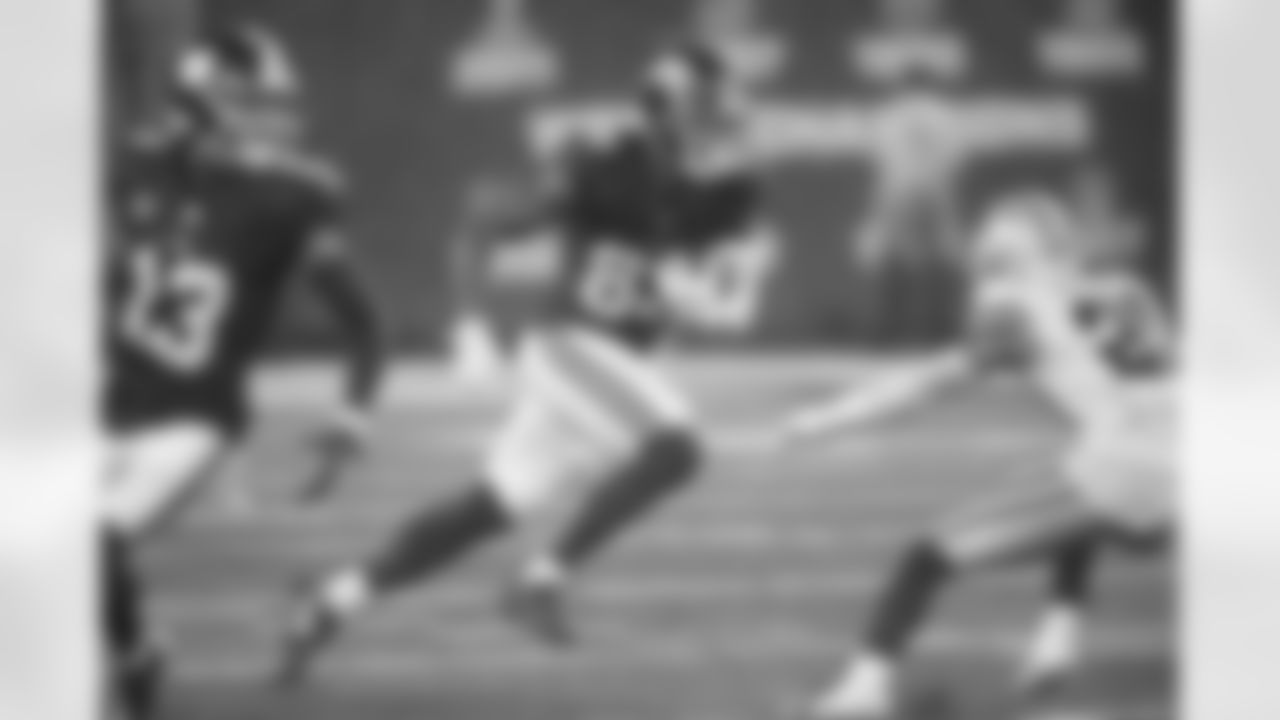
TE Lawrence Cager - Practice Squad Signing

OL Sean Harlow - Free Agent Signing from DAL Practice Squad (October 19)

OL Shane Lemieux - Reserve/Injured (October 19)

OL Justin Pugh - Free Agent Signing from NYG Practice Squad (October 18)

TE Lawrence Cager - Waived, No Recall (October 18)

OL Tyre Phillips - Free Agent Signing from PHI Practice Squad
OL Joshua Miles - Free Agent Signing from ATL Practice Squad
OL Joshua Ezeudu - Reserve/Injured
OL Jalen Mayfield - Practice Squad Exception Signing
DB Alex Cook - Free Agent Signing to CAR Active Roster
(October 17)
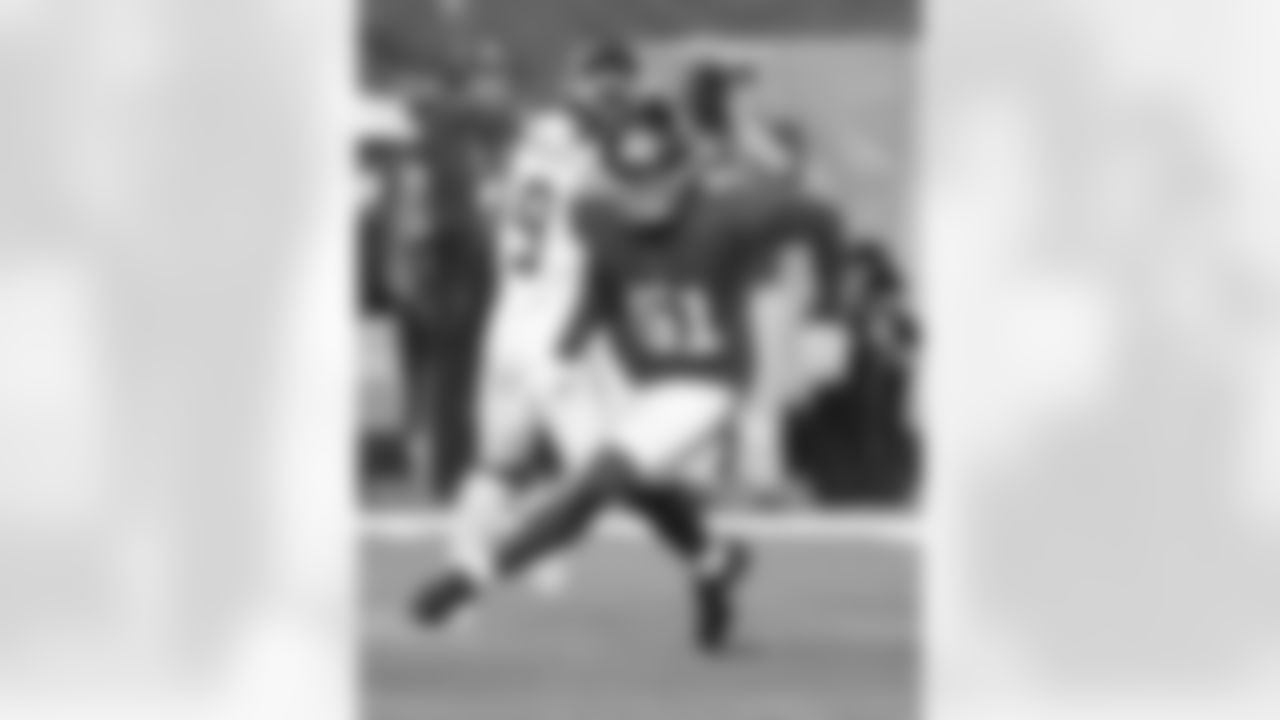
OLB Azeez Ojulari - Reserve/Injured (October 14)

OL Jalen Mayfield - Free Agent Signing from NYG Practice Squad (October 14)

QB Tommy DeVito - Activated, from Practice Squad (Standard Elevation) (October 14)

OL Justin Pugh - Activated, from Practice Squad (Standard Elevation) (October 14)
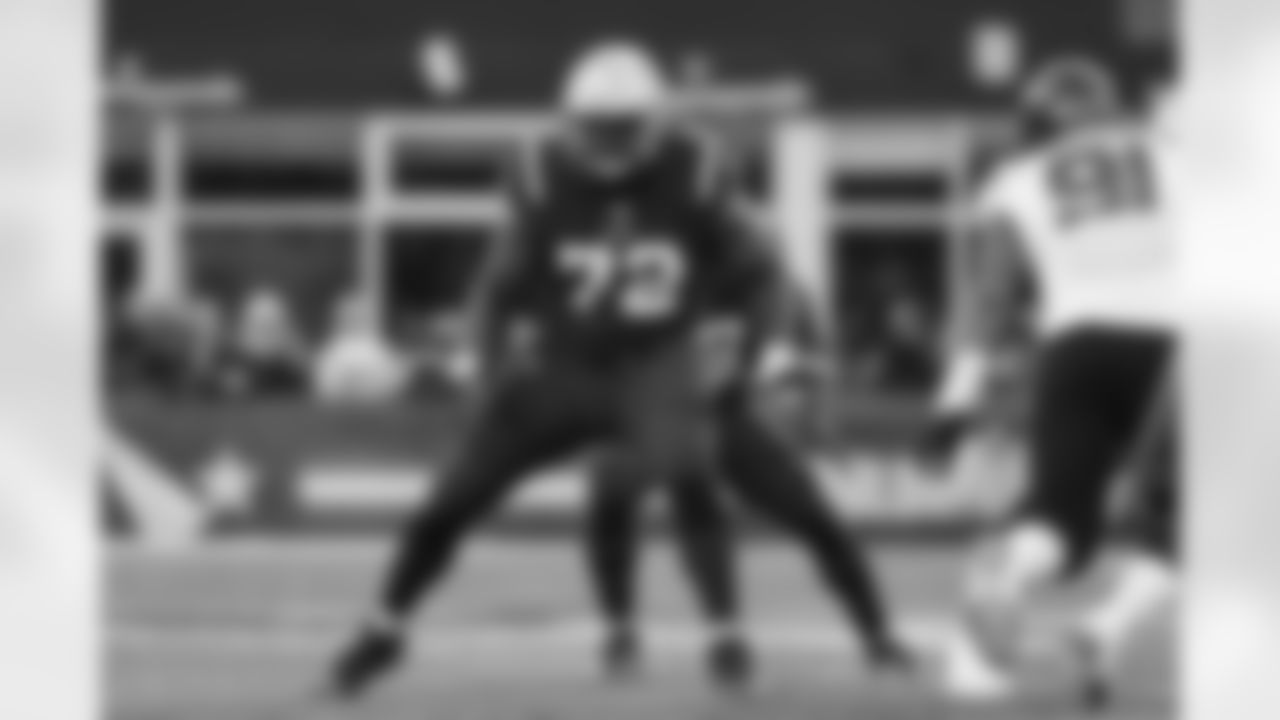
OT Yodny Cajuste - Practice Squad Veteran (October 11)

WR Cole Beasley - Designated for Return / Restored to Practice Squad (October 10)
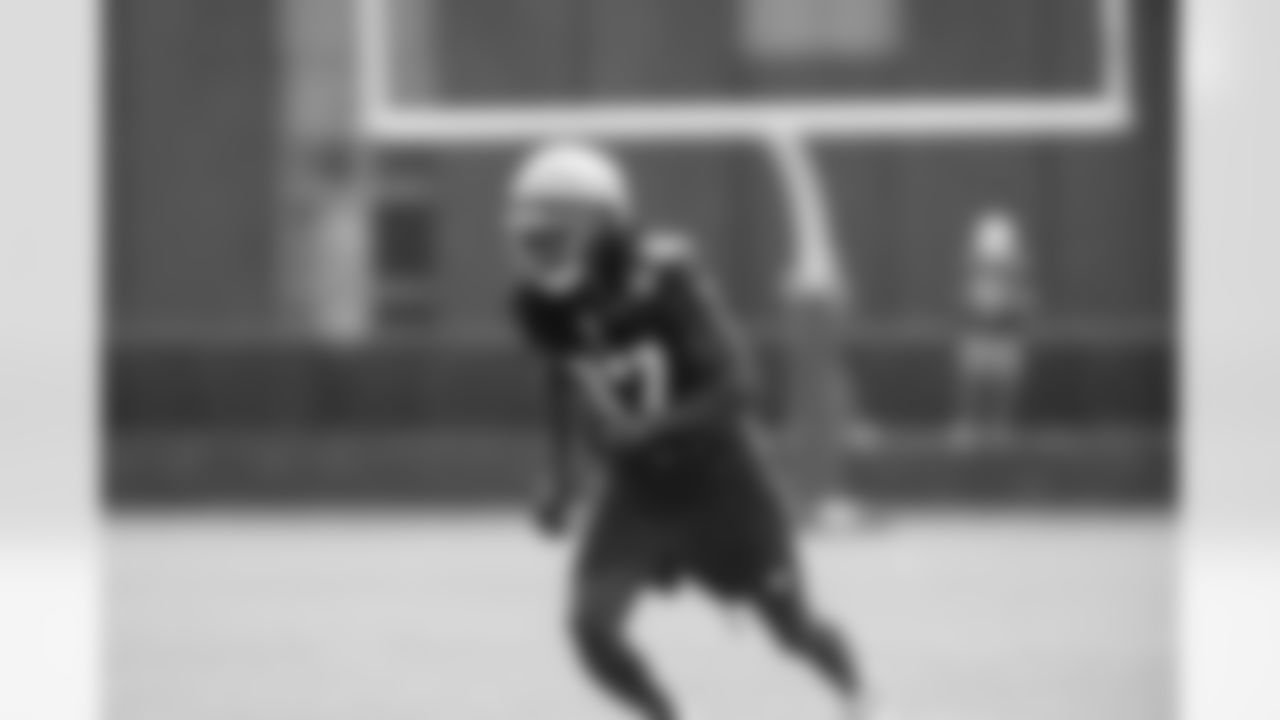
WR Cam Sims - - Terminated (by Club) from Practice Squad (October 10)

CB Amani Oruwariye - Terminated (by Club) from Practice Squad (October 10)

OL Jaylon Thomas, OL Jalen Mayfield - Activated, from Practice Squad (Standard Elevation) (October 7)

OL Justin Pugh - Practice Squad Veteran (October 3)

RB Taiwan Jones - Terminated (by Club) from Practice Squad (October 3)

OLB Oshane Ximines - Activated, from Practice Squad (Standard Elevation) (September 21)

OL Jaylon Thomas - Activated, from Practice Squad (Standard Elevation) (September 21)

RB Taiwan Jones - Activated, from Practice Squad (Standard Elevation) (September 16)

OLB Oshane Ximines - Activated, from Practice Squad (Standard Elevation) (September 16)

RB Taiwan Jones - Activated, from Practice Squad (Standard Elevation) (September 9)

K Graham Gano - Signed 3-year contract extension (September 8)

WR Cam Sims - Practice Squad Veteran Signing (September 4)

WR Cole Beasley - Practice Squad; Injured (September 4)

G Jack Anderson - Waived, Injury Settlement

DB Kaleb Hayes, WR Dennis Houston, T Jaylon Thomas - Practice Squad Signing (August 31)
RB Taiwan Jones - Practice Squad Veteran Signing (August 31)
TE Tyree Jackson, G Jalen Mayfield - Practice Squad Exception Signing (August 31)
DB Gemon Green, T Tyre Phillips - Terminated (by Club) from Practice Squad (August 31)

CB Zyon Gilbert - Waived, Injury Settlement

DT Ryder Anderson, ILB Darrian Beavers, DB Alex Cook, QB Tommy DeVito, CB Gemon Green, ILB Dyontae Johnson, TE Ryan Jones - Practice Squad (August 30)
WR Cole Beasley, CB Amani Oruwariye, T Tyre Phillips, OLB Oshane Ximines - Practice Squad Veteran (August 30)
OLB Tomon Fox - Practice Squad Exception (August 30)
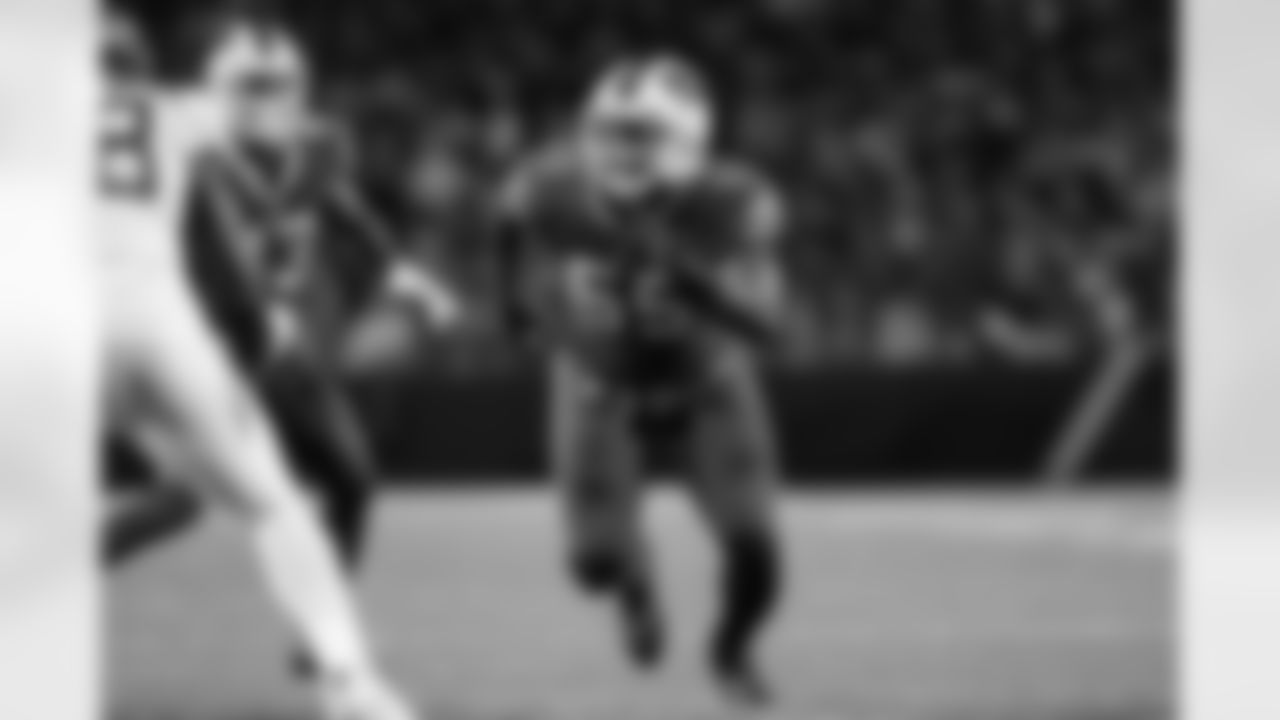
DE Boogie Basham - Acquired via Trade (via BUF) with 2025 7th Round Pick for 2025 6th Round Pick (August 30)
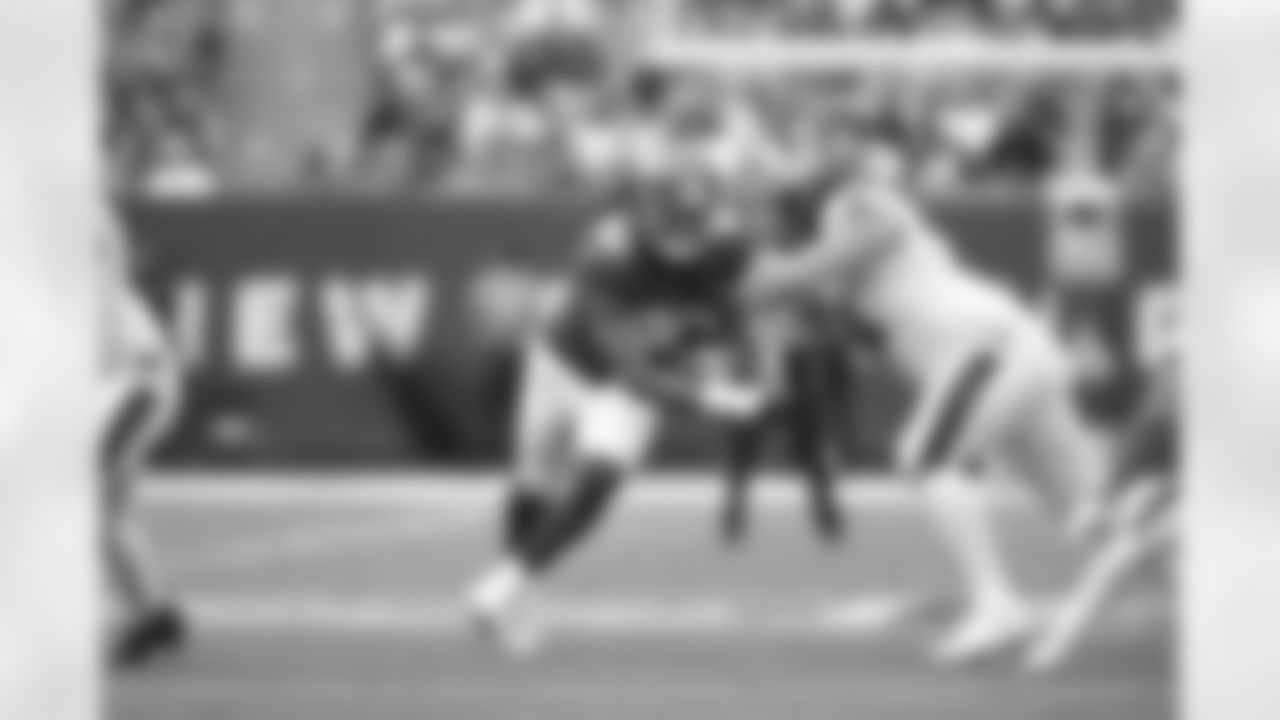
DT Ryder Anderson - Waived, No Recall (August 29)

DE Habakkuk Baldonado - Waived, No Recall (August 29)

LB Darrian Beavers - Waived, No Recall (August 29)

DB Alex Cook - Waived, No Recall (August 29)

RB Jashaun Corbin - Waived, No Recall (August 29)

QB Tommy DeVito - Waived, No Recall (August 29)

LB Tomon Fox - Waived, No Recall (August 29)

DB Gemon Green - Waived, No Recall (August 29)

LB Dyontae Johnson - Waived, No Recall (August 29)

TE Ryan Jones - Waived, No Recall (August 29)

LS Cameron Lyons - Waived, No Recall (August 29)

T Tyre Phillips - Waived, No Recall (August 29)

WR Kalil Pimpleton - Waived, No Recall (August 29)

DT Kobe Smith - Waived, No Recall (August 29)

LB Ray Wilborn - Waived, No Recall (August 29)

WR Cole Beasley - Terminated, Vested Veteran, all contracts (August 29)

WR Jamison Crowder - Terminated, Vested Veteran, all contracts (August 29)

C Sean Harlow - Terminated, Vested Veteran, all contracts (August 29)

DB Amani Oruwariye - Terminated, Vested Veteran, all contracts (August 29)

WR David Sills V - Terminated, Vested Veteran, all contracts (August 29)

LB Oshane Ximines - Terminated, Vested Veteran, all contracts (August 29)

TE Tommy Sweeney - Reserve/Non-Football Illness (August 29)

WR Wan'Dale Robinson - Passed Physical (August 29)

CB Aaron Robinson - Reserve/Physically Unable to Perform (August 29)

TE Chris Myarick - Reserve/Injured (August 28)

DB Zyon Gilbert - Waived, Injured (August 28)

G Jack Anderson - Waived, Injured (August 28)

G Wyatt Davis - Waived, Injured (August 28)

WR Bryce Ford-Wheaton - Reserve/Injured (August 27)

WR Jaydon Mickens - Terminated, Vested Veteran, all contracts (August 27)

OT Korey Cunningham - Terminated, Vested Veteran, all contracts (August 27)
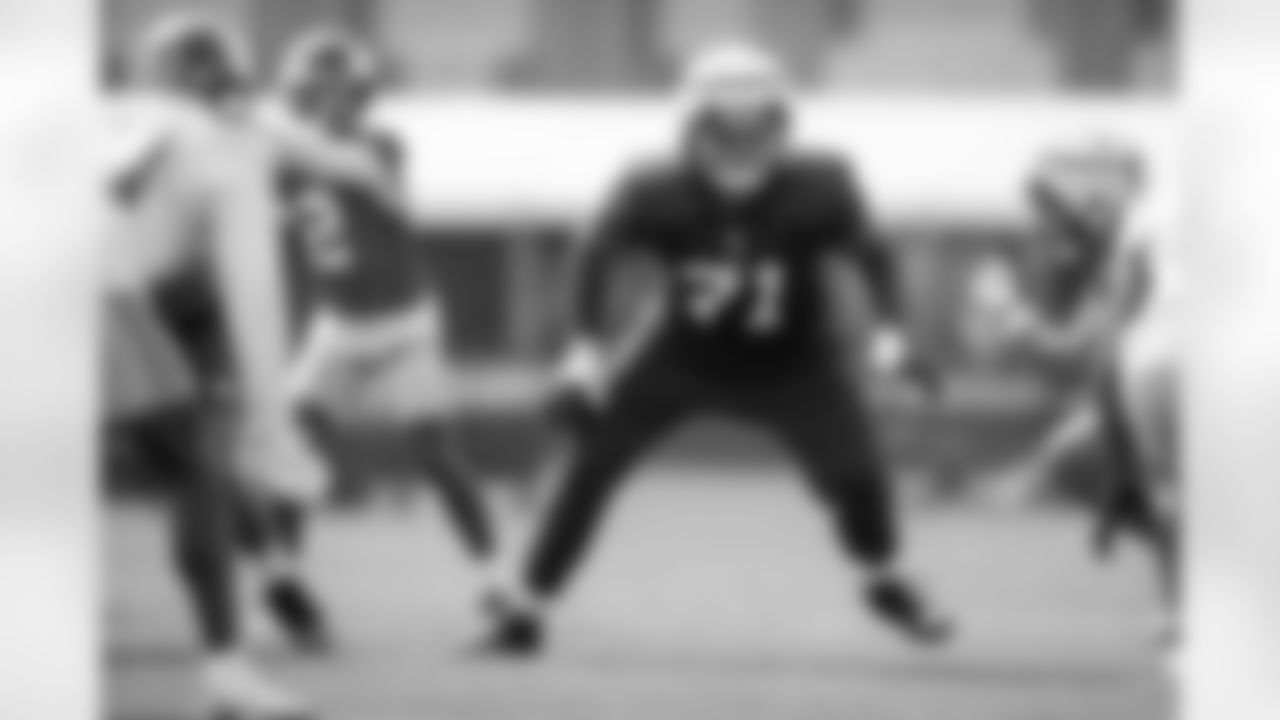
OT Julién Davenport - Terminated, Vested Veteran, all contracts (August 27)

DT Brandin Bryant - Terminated, Vested Veteran, all contracts (August 27)

DE Tashawn Bower - Terminated, Vested Veteran, all contracts (August 27)

DT Kevin Atkins - Waived, No Recall (August 27)

WR Collin Johnson - Waived, No Recall (August 27)

DB Darren Evans - Waived, No Recall (August 27)

NT Donovan Jeter - Waived, No Recall (August 27)

RB James Robinson - Waived, No Recall (August 27)

S/ILB Isaiah Simmons - Acquired via Trade (via ARZ) for 2024 7th Round Pick (August 25)

OT Devery Hamilton - Waived, Injury Settlement (August 24)
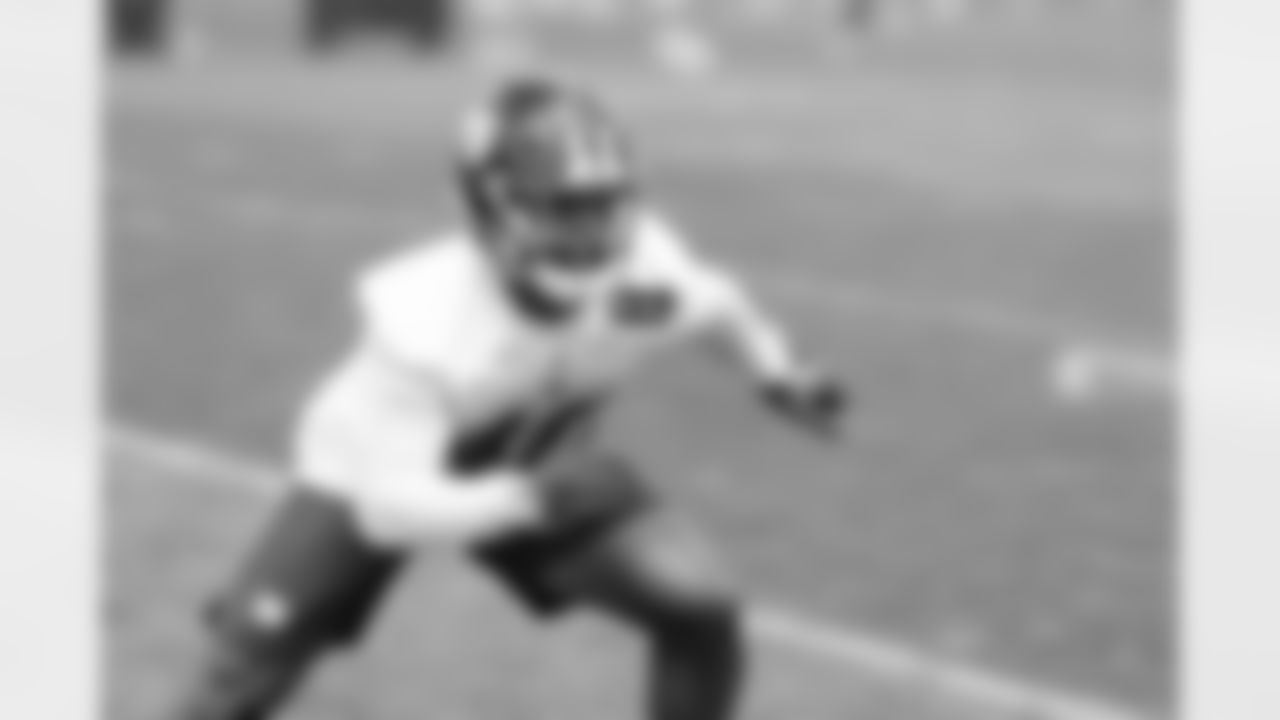
LB Troy Brown - Waived, Injury Settlement

CB Rodarius Williams - Waived, No Recall (August 19)
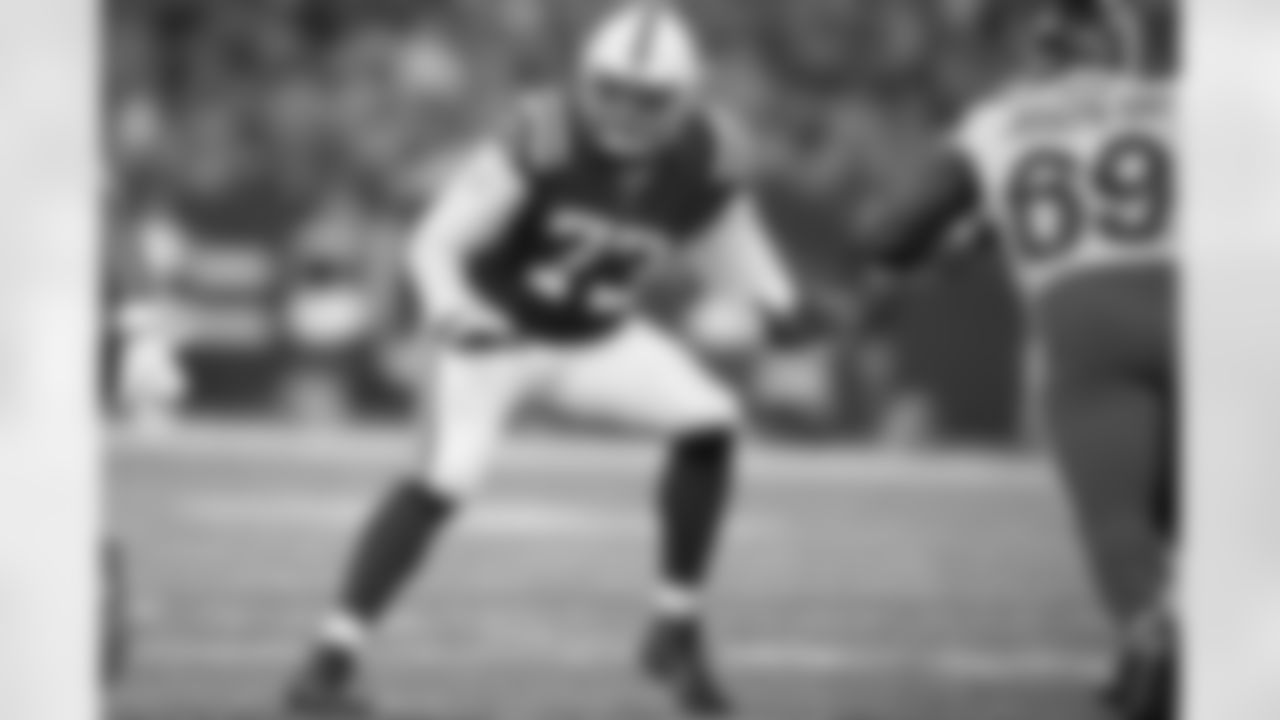
OT Julién Davenport - Free Agent Signing (August 16)

LB Troy Brown - Waived, Injured (August 16)

LB Ray Wilborn - Claimed off Waivers from DEN (August 15)

OT Devery Hamilton - Waived/Injured (August 15)

DL D.J. Davidson - Passed Physical (August 14)

WR Jeff Smith - Terminated, Vested Veteran, Injury Settlement (August 11)

DT A'Shawn Robinson - Passed Physical (August 7)
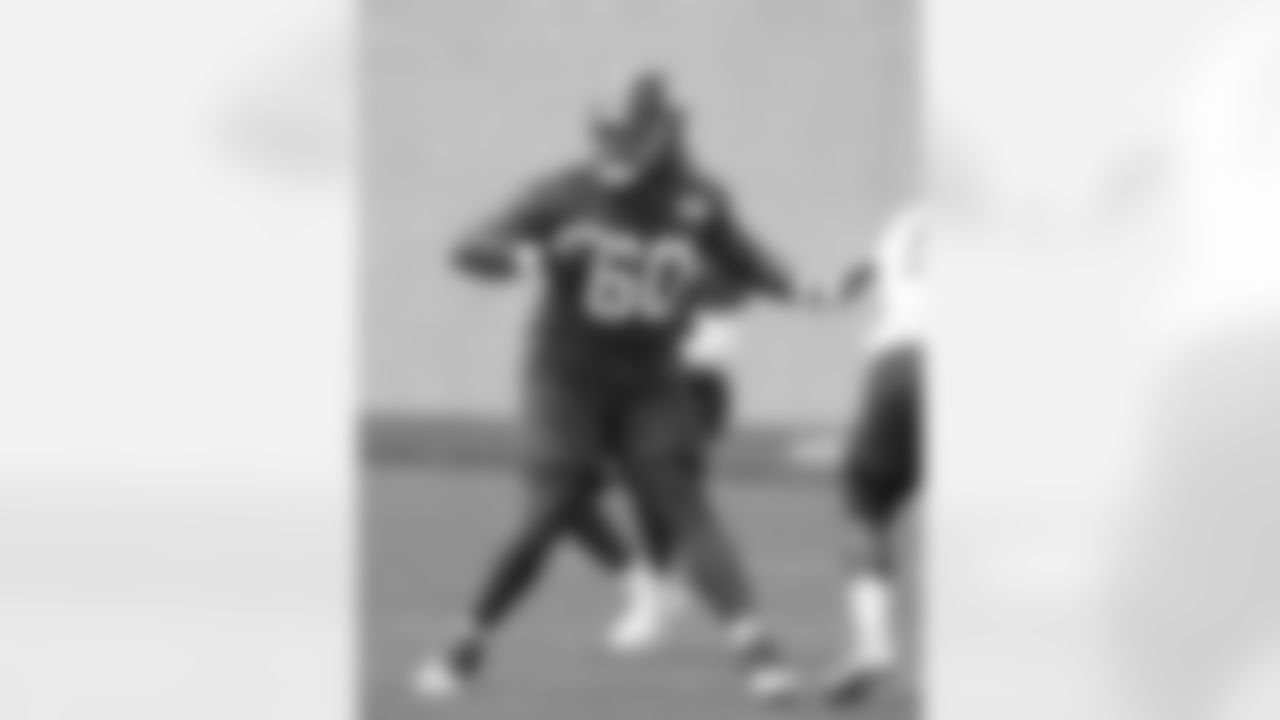
OL Marcus McKethan - Passed Physical (August 7)

NT Donovan Jeter - Free Agent Signing (August 4)

WR Jeff Smith - Waived/Injured (August 4)

C Sean Harlow - Free Agent Signing (August 1)

OL J.C. Hassenauer - Reserve/Injured (August 1)

WR Sterling Shepard - Passed Physical (July 30)

WR Jamison Crowder - Passed Physical (July 30)

DT Vernon Butler - Reserve/Injured (July 29)

LB Elerson Smith - Waived, Injury Settlement (July 29)
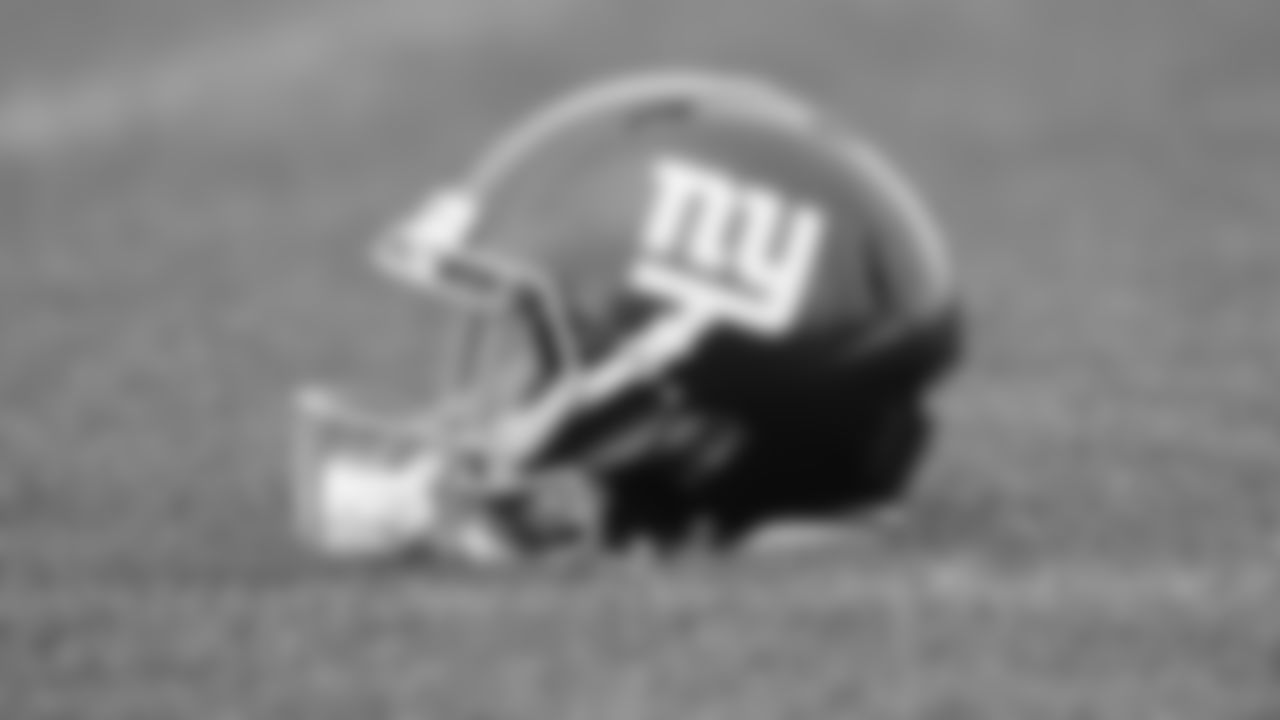
DT Kevin Atkins - Free Agent Signing (July 27)
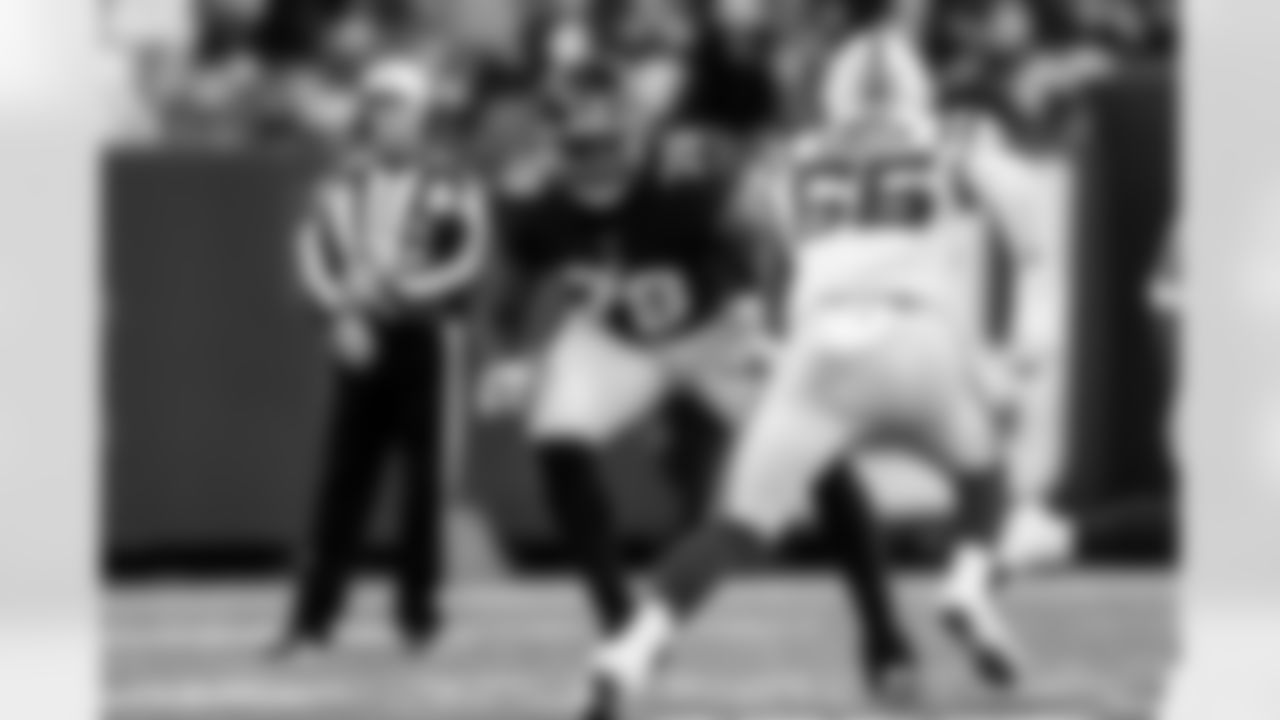
T Andrew Thomas - Signed, Renegotiated Contract (July 26)

DT D.J. Davidson - Declared Physically Unable to Perform (July 25)
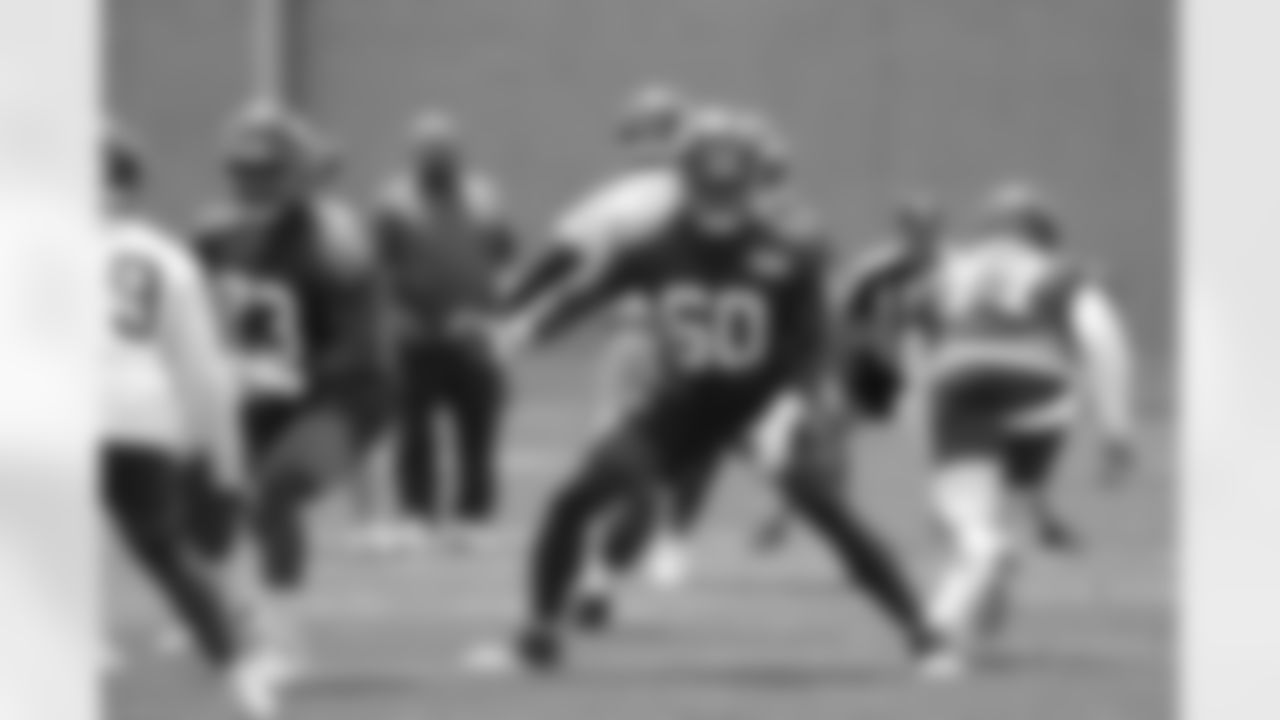
G Marcus McKethan - Declared Physically Unable to Perform (July 25)

CB Aaron Robinson - Declared Physically Unable to Perform (July 25)

DT A'Shawn Robinson - Declared Physically Unable to Perform (July 25)

WR Wan'Dale Robinson - Declared Physically Unable to Perform (July 25)

WR Sterling Shepard - Declared Physically Unable to Perform (July 25)

WR Jamison Crowder - Declared Non-Football Injury (July 25)

DT Vernon Butler - Reserve/Did Not Report (July 25)

RB Saquon Barkley - Franchise Player Signing (July 25)

OLB Tashawn Bower - Free Agent Signing (July 25)

OLB Elerson Smith - Waived, Injured (July 25)

DB Trenton Thompson - Waived, No Recall (July 25)

DT Brandin Bryant - Free Agent Signing (July 24)
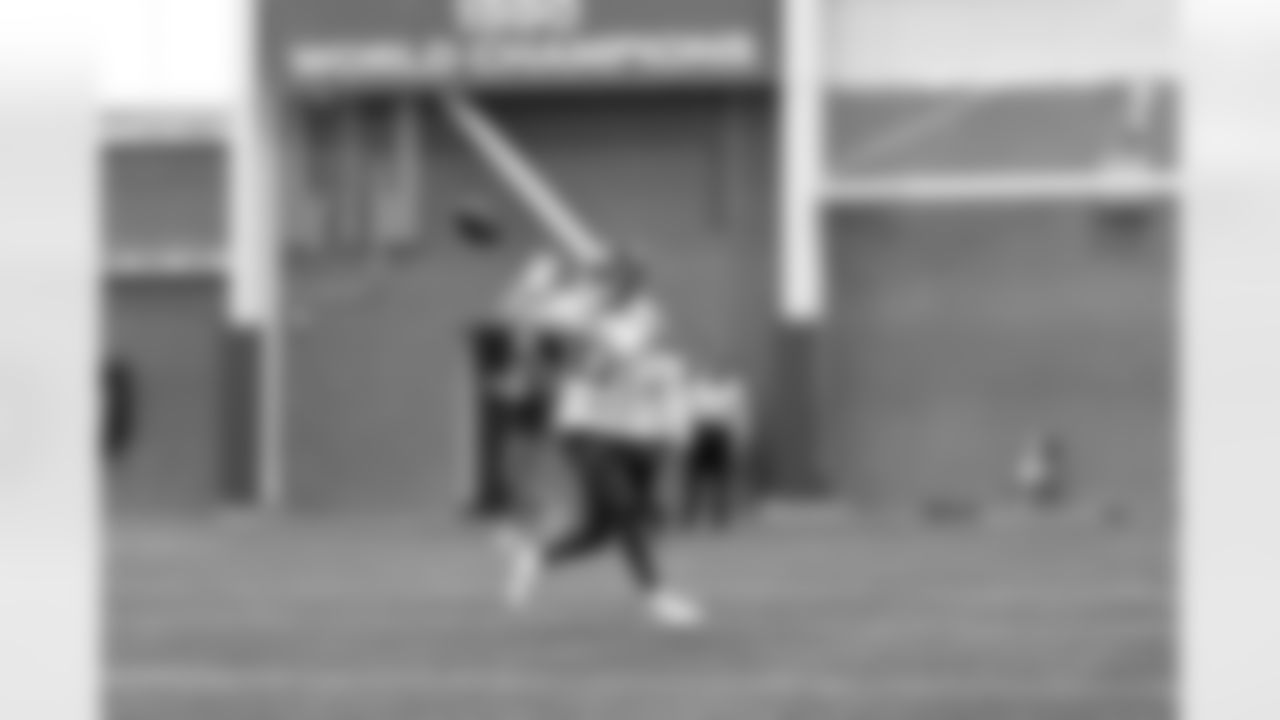
WR Makai Polk - Waived, No Recall (July 24)

WR Dre Miller - Waived, No Recall (July 24)

RB James Robinson - Free Agent Signing (July 21)

WR Cole Beasley - Free Agent Signing (July 21)

DB Darren Evans - Free Agent Signing (July 18)

LB Jarrad Davis - Reserve/Injured (July 18)

DB Leonard Johnson - Waived/Injured (July 18)

DL Kobe Smith - Free Agent Signing (June 15)

DL Dexter Lawrence - Signed, Renegotiated Contract (May 5)

OLB Oshane Ximines - Free Agent Signing (May 5)

OLB Habakkuk Baldonado - Free Agent Signing (May 5)

LB Troy Brown - Free Agent Signing (May 5)
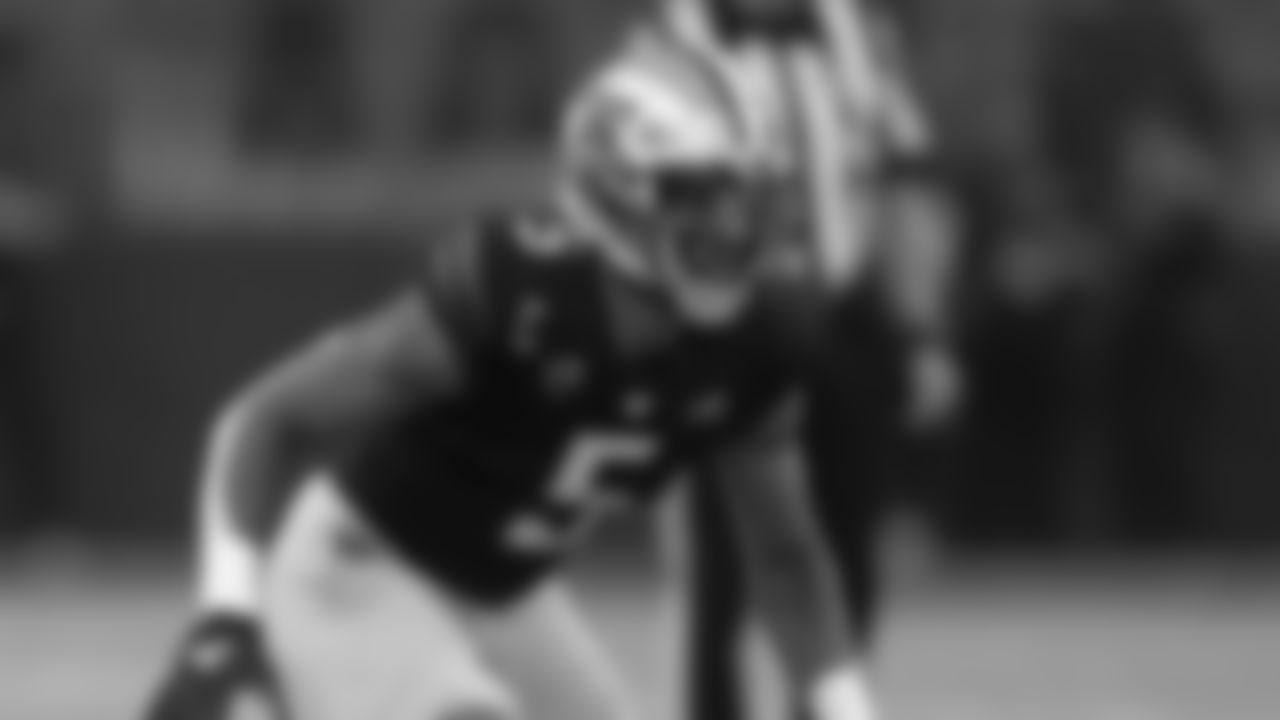
DB Alex Cook - Free Agent Signing (May 5)
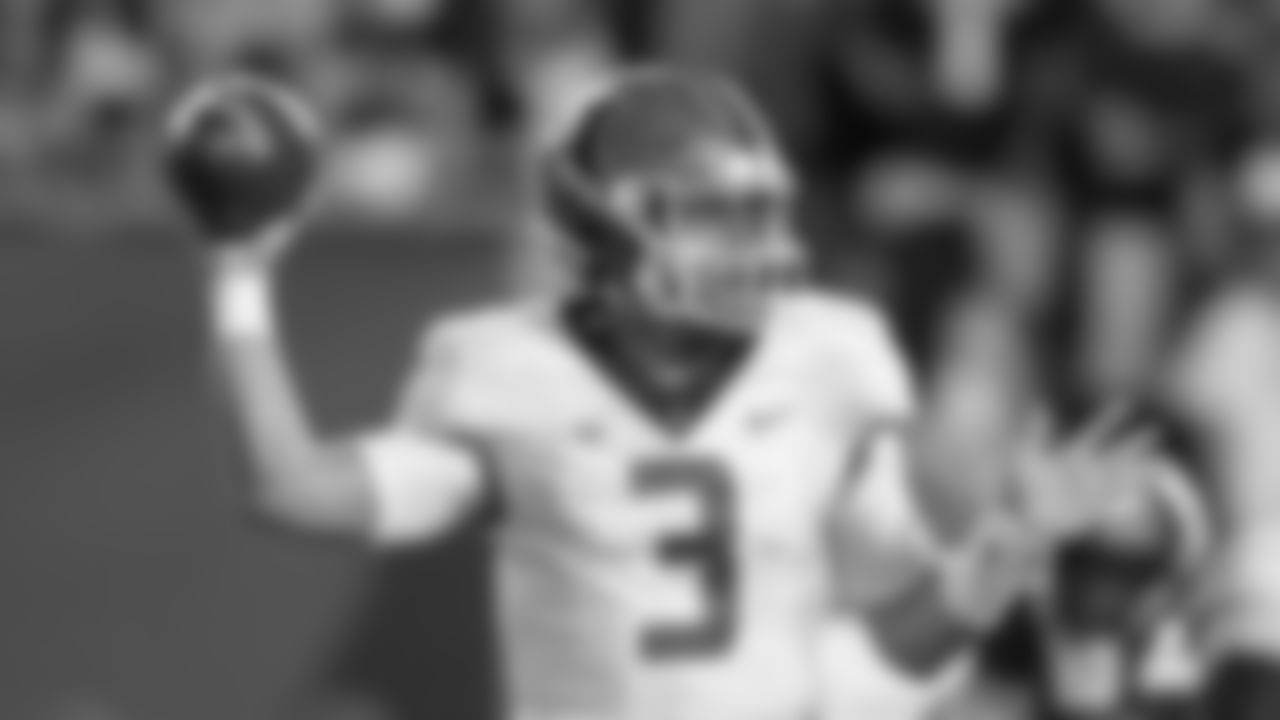
QB Tommy DeVito - Free Agent Signing (May 5)

WR Bryce Ford-Wheaton - Free Agent Signing (May 5)

DB Gemon Green - Free Agent Signing (May 5)

LB Dyontae Johnson - Free Agent Signing (May 5)
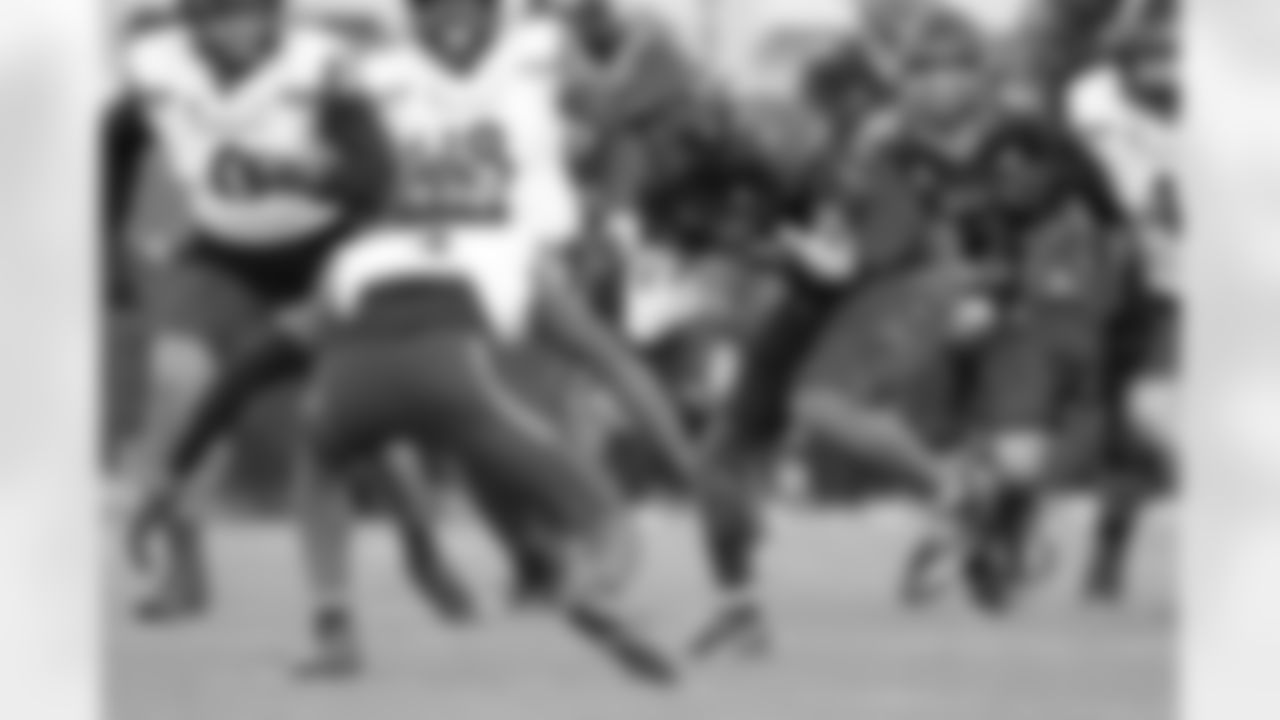
TE Ryan Jones - Free Agent Signing (May 5)
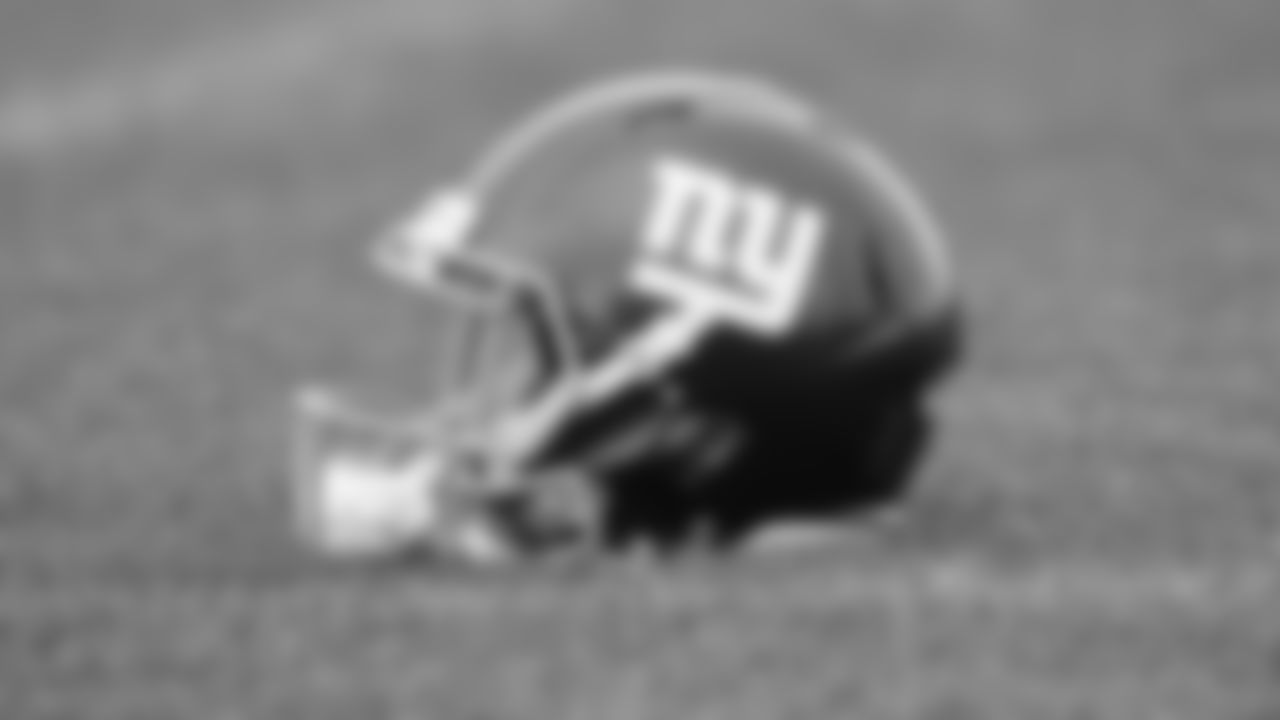
LS Cameron Lyons - Free Agent Signing (May 5)

CB Deonte Banks - Selected in Round 1 (Pick No. 24) of 2023 NFL Draft

CB Deonte Banks - Selection List Signing (May 18)

OL John Michael Schmitz - Selected in Round 2 (Pick No. 57) of 2023 NFL Draft

C John Michael Schmitz - Selection List Signing (May 23)

WR Jalin Hyatt - Selected in Round 3 (Pick No. 73) of 2023 NFL Draft

WR Jalin Hyatt - Selection List Signing (May 15)

RB Eric Gray - Selection List Signing (May 5)
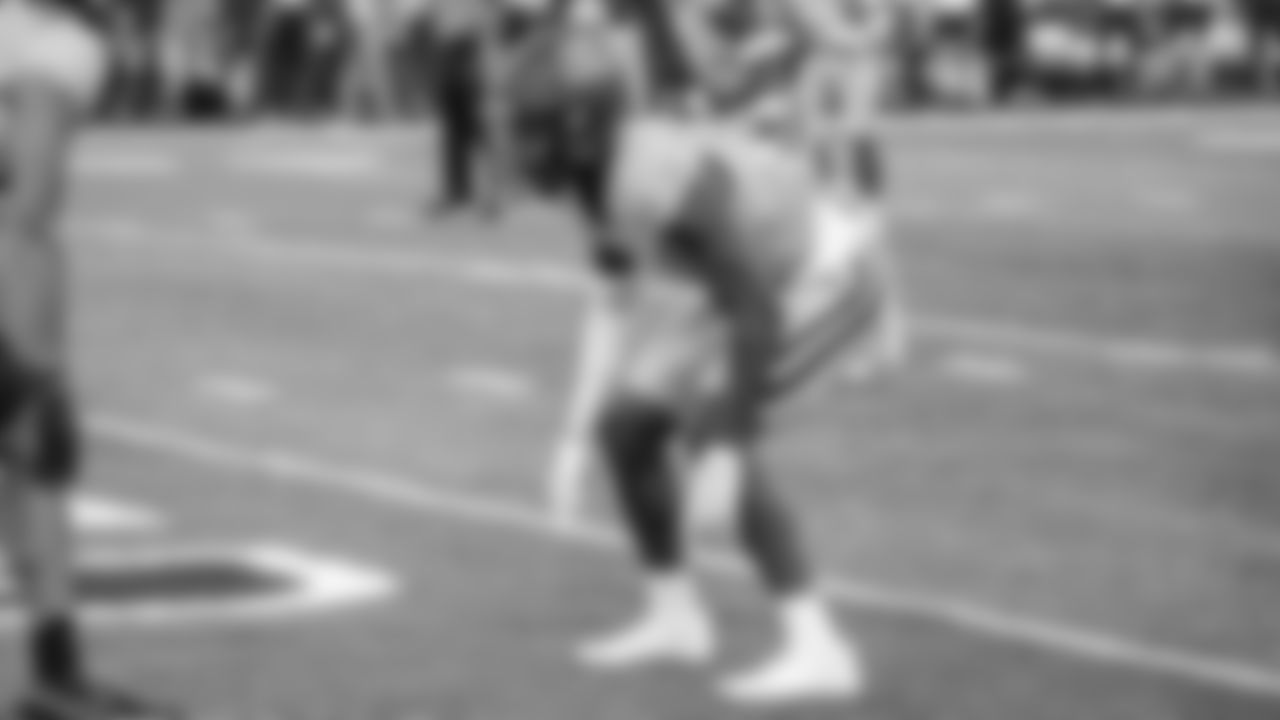
CB Tre Hawkins III - Selected in Round 6 (Pick No. 209) of 2023 NFL Draft

CB Tre Hawkins III - Selection List Signing (May 5)

DL Jordon Riley - Selected in Round 7 (Pick No. 243) of 2023 NFL Draft

RB Eric Gray - Selected in Round 5 (Pick No. 172) of 2023 NFL Draft

DL Jordan Riley - Selection List Signing (May 6)
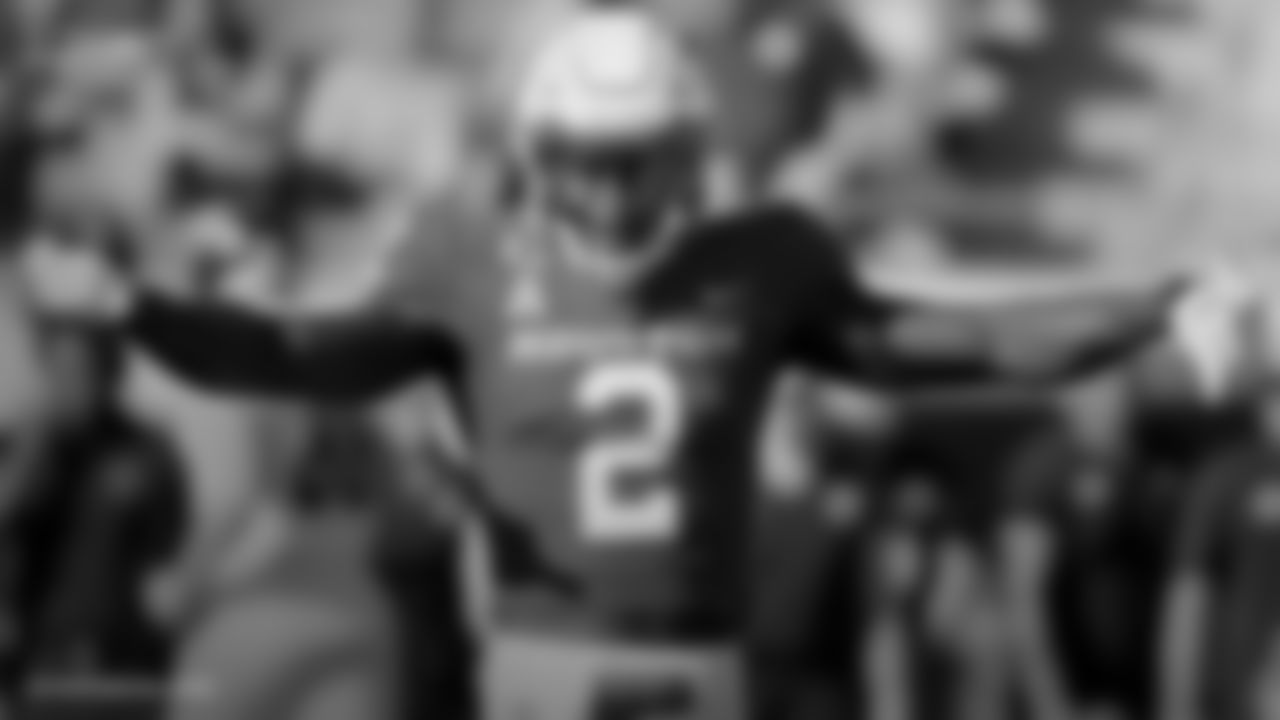
DB Gervarrius Owens - Selected in Round 7 (Pick No. 254) of 2023 NFL Draft

DB Gervarrius Owens - Selection List Signing (May 5)

DT A'Shawn Robinson - Unrestricted Free Agent Signing (April 24)
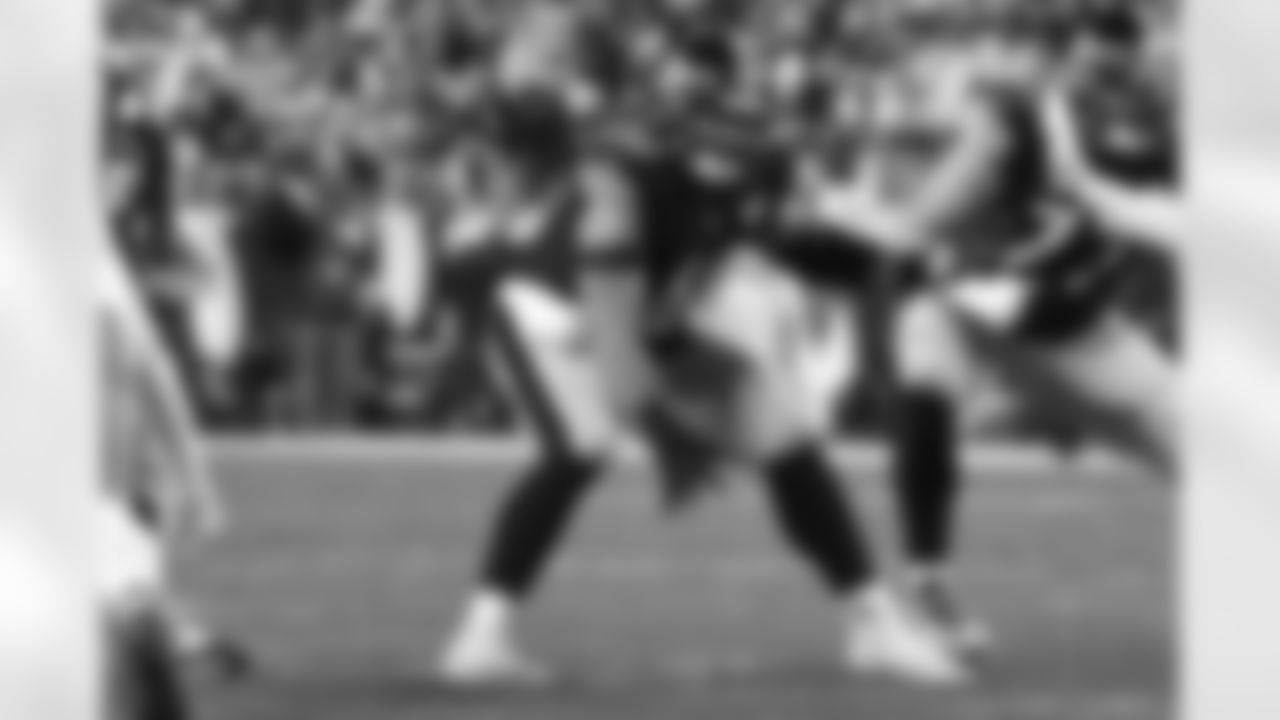
C J.C. Hassenauer - Free Agent Signing (April 7)

OLB Jihad Ward - Unrestricted Free Agent Signing (March 29)

TE Tommy Sweeney - Unrestricted Free Agent Signing (March 23)

CB Amani Oruwariye - Unrestricted Free Agent Signing (March 23)
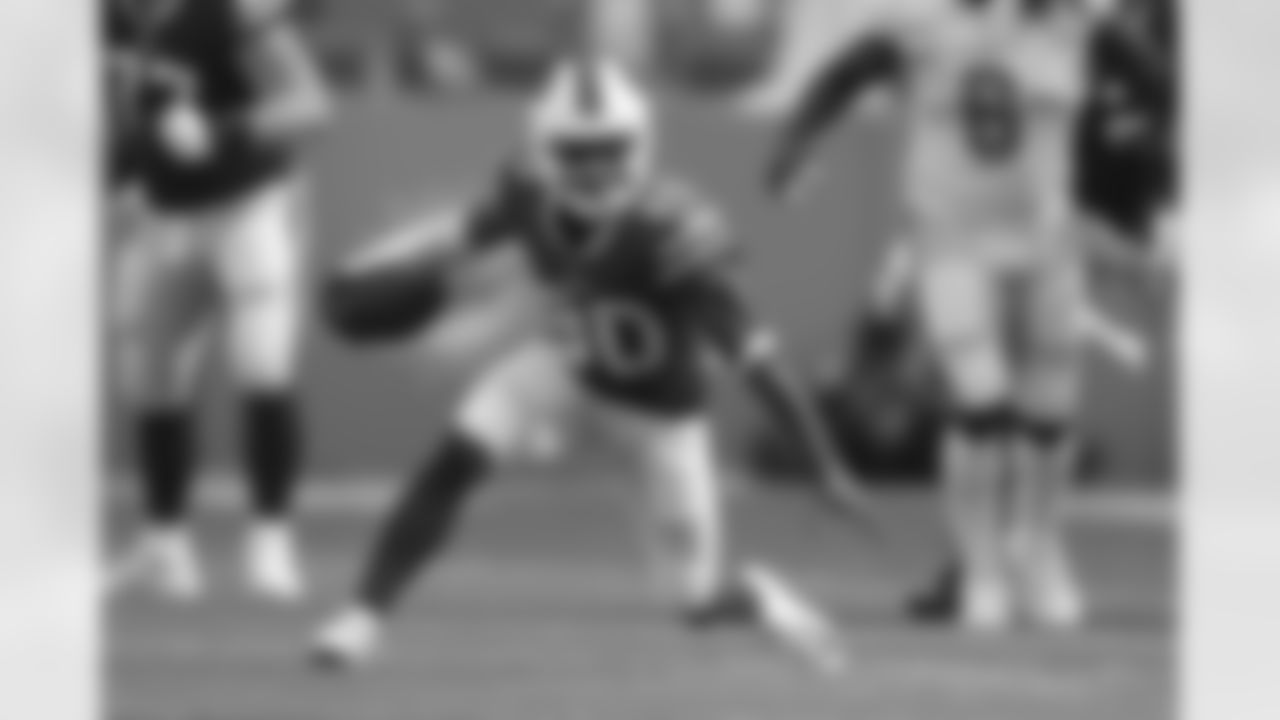
WR Jamison Crowder - Unrestricted Free Agent Signing (March 23)

S Bobby McCain - Free Agent Signing (March 23)
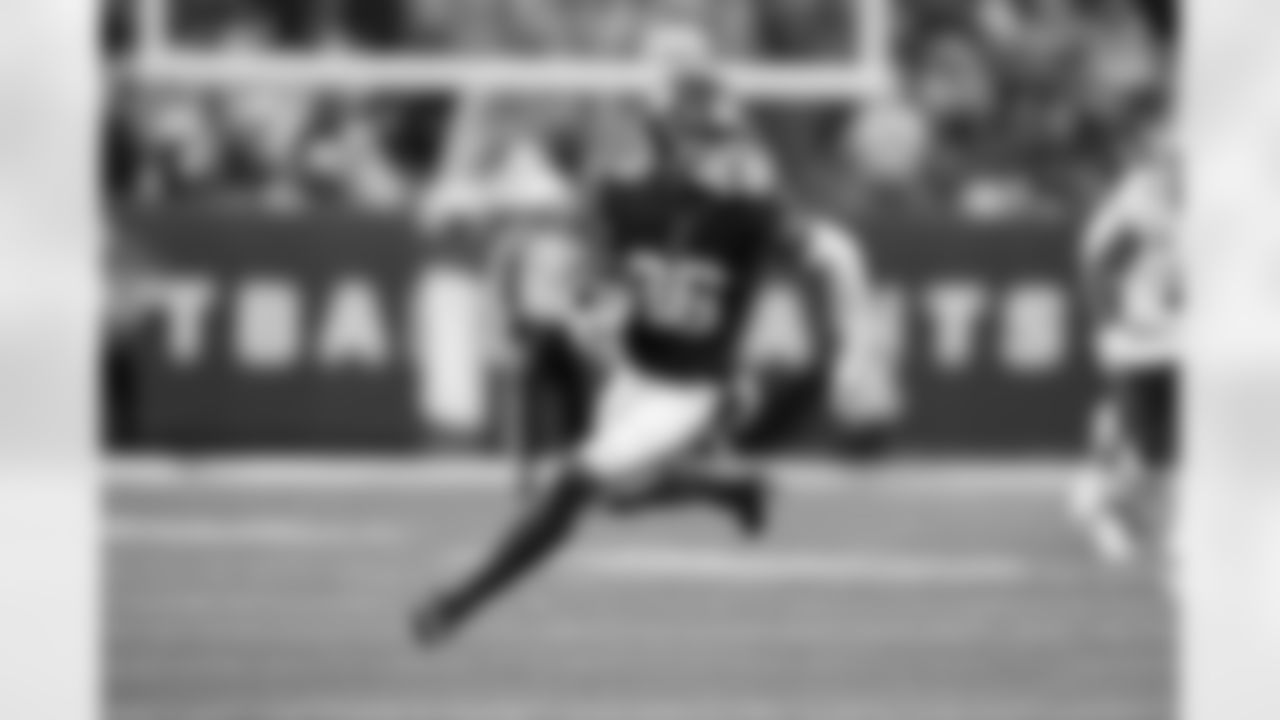
WR Darius Slayton - Free Agent Signing (March 20)
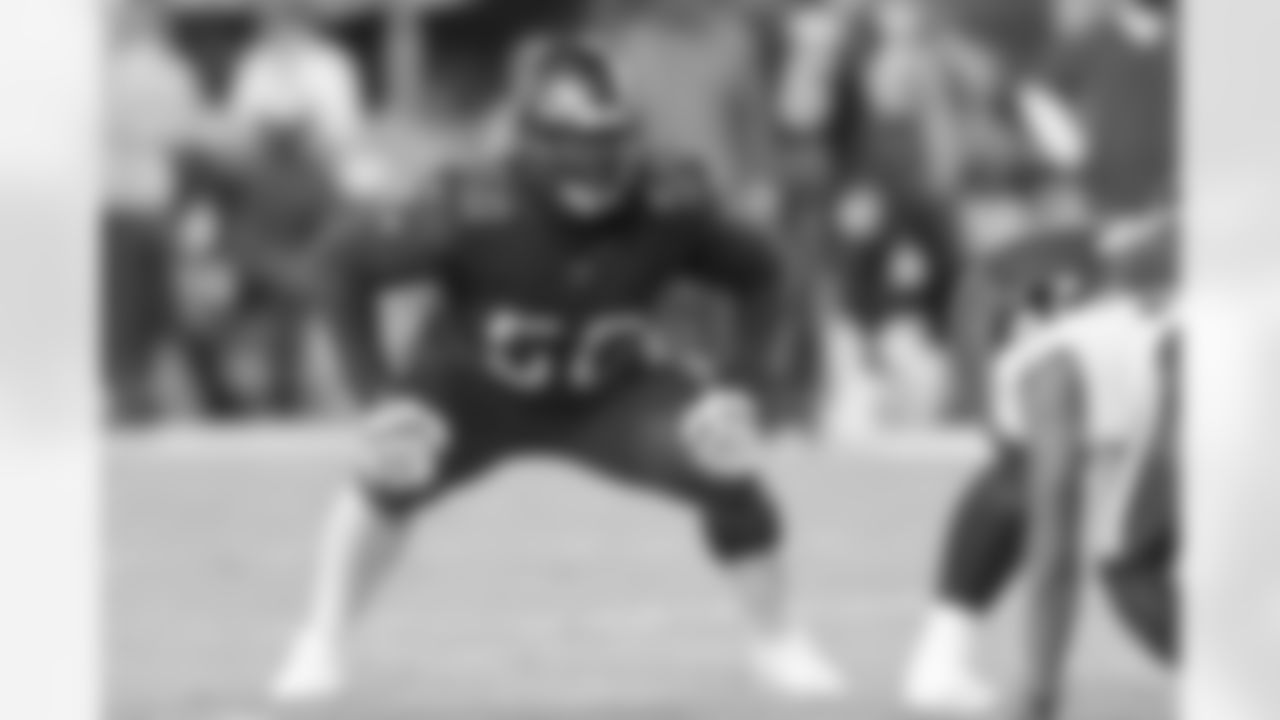
DT Rakeem Nunez-Roches - Free Agent Signing (March 17)

WR Parris Campbell - Free Agent Signing (March 17)

WR Jeff Smith - Free Agent Signing (March 17)
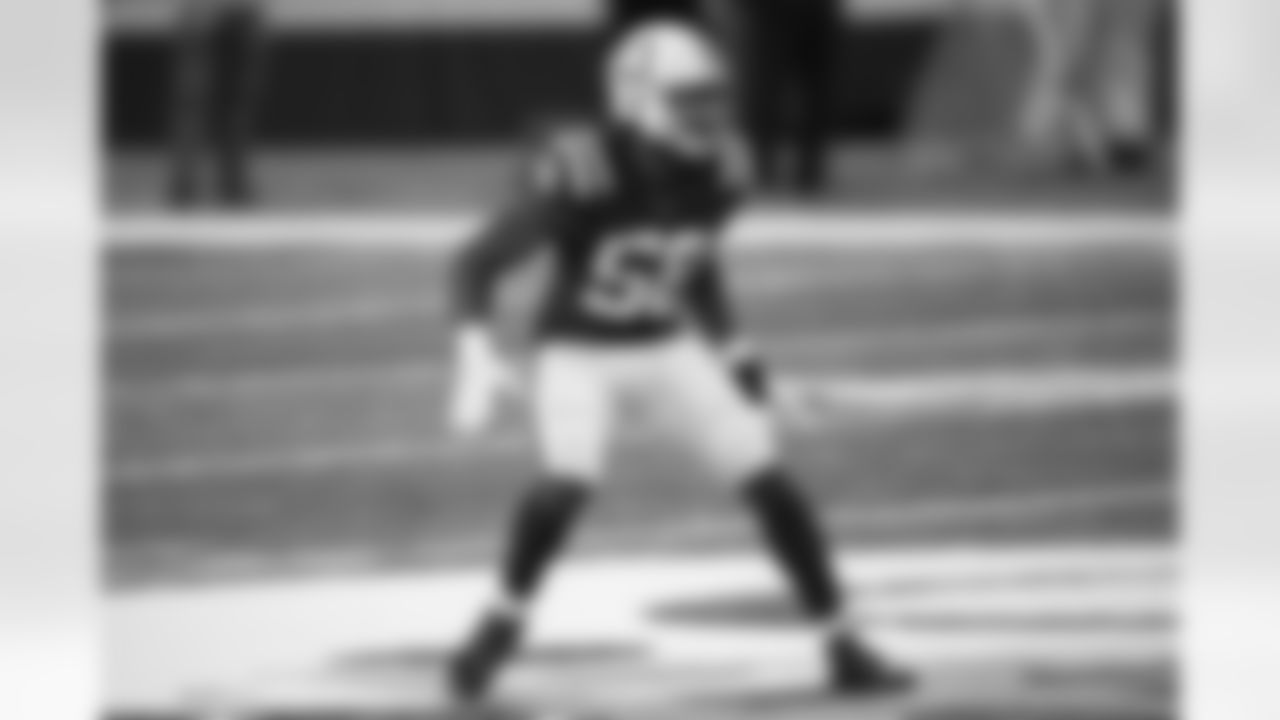
LB Bobby Okereke - Free Agent Signing (March 16)

WR Sterling Shepard - Free Agent Signing (March 15)
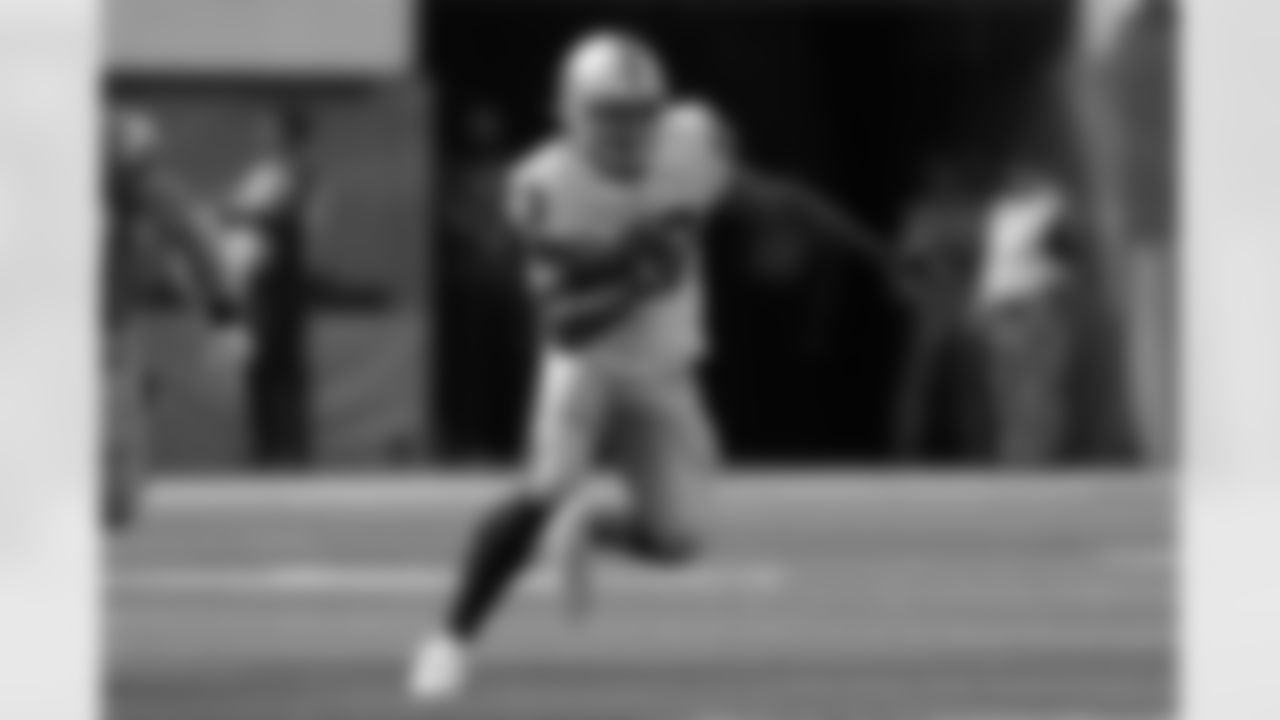
TE Darren Waller - Acquired via trade with Las Vegas Raiders (March 15)

RB Matt Breida - Signed, Renegotiated Contract (March 14)

P Jamie Gillan - Signed, Renegotiated Contract (March 13)

LS Casey Kreiter - Signed, Renegotiated Contract (March 13)

G Wyatt Davis - Signed, Renegotiated Contract (March 13)

QB Daniel Jones - Signed, Renegotiated Contract (March 7)

RB Saquon Barkley - Designated Franchise Player (March 7)

LB Jarrad Davis - Signed, Renegotiated Contract (March 7)

WR Isaiah Hodgins - Signed, Exclusive Rights (February 16)

G Jack Anderson - Signed, Exclusive Rights (February 14)

TE Lawrence Cager - Signed, Exclusive Rights (February 13)

WR David Sills V - Reserve/Future Signing (January 26)

DB Terrell Burgess - Reserve/Future Signing (January 26)

TE Chris Myarick - Reserve/Future Signing (January 23)

T Devery Hamilton - Reserve/Future Signing (January 22)

WR Dre Miller - Reserve/Future Signing (January 22)

DB Zyon Gilbert - Reserve/Future Signing (January 22)

DT Vernon Butler - Reserve/Future Signing (January 22)
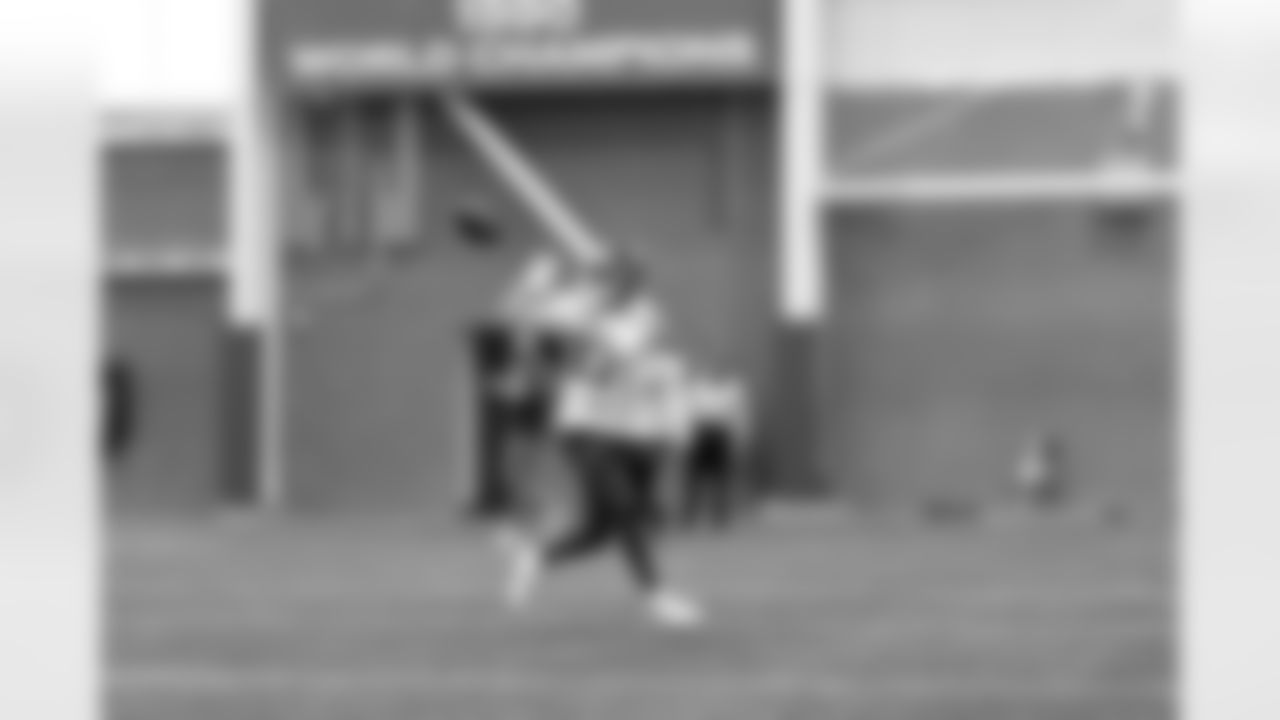
WR Makai Polk - Reserve/Future Signing (January 22)
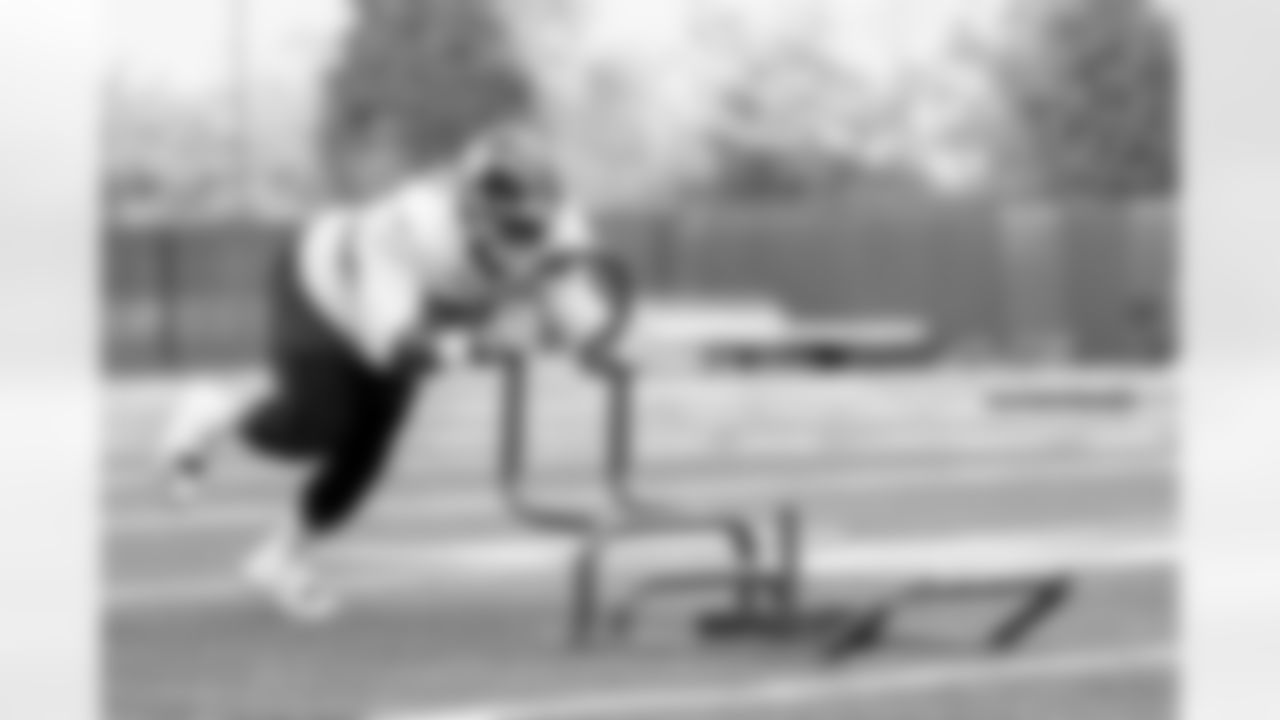
T Korey Cunningham - Reserve/Future Signing (January 22)

WR Jaydon Mickens - Reserve/Future Signing (January 22)

WR Kalil Pimpleton - Reserve/Future Signing (January 22)

RB Jashaun Corbin - Reserve/Future Signing (January 22)

DB Trenton Thompson - Reserve/Future Signing (January 22)

DB Terrell Burgess - Waived/Injured (May 5)

G Solomon Kindley - Waived

WR Kenny Golladay - Terminated, Vested Veteran, all contracts (March 15)
Lance Medow: If there's one statistic on offense the Giants need to elevate in 2023, it's their volume of explosive plays. Last season, New York had the fewest pass plays for 20 or more yards in the NFL with 28 and were tied for the sixth-fewest plays of 40+ yards through the air with five. They were in the middle of the pack in those categories on the ground, but if this offense is going to take the next step, it has to rely more on game-changing plays. That will help offset the reliance of lengthy scoring drives, where it's more likely something negative happens, such as a turnover or penalty, because you're using more plays in hopes of putting points on the board.
In 2022, the Giants averaged 21.5 points per game, tied for 15th in the league and 12th among the 14 playoff teams. The best way to boost the scoring average is with more explosive plays. To put things in perspective, both the Eagles (28.1) and Cowboys (27.5) averaged nearly more than a touchdown per game than New York. Forget the rest of the playoff field. Those two teams are right in the division and you have to contend with that at least four times combined each season. The Giants scored 22 points or lower in 12 of their 17 games last season but they only won five of those contests. That's why the natural progression for the offense is to improve on explosive plays, which is directly tied to scoring. This will also alleviate the pressure put on the defensive side of the ball. It all goes hand in hand.
Matt Citak: The Giants have addressed perhaps the team’s most glaring issue from this past season. The free agent additions of linebacker Bobby Okereke and defensive lineman Rakeem Nunez-Roches should go a long way in improving the run defense, which ranked 27th in the league with an average of 144.2 yards allowed per game. However, there is still more work to be done. As Dan mentioned above, the Giants have to start winning more NFC East matchups in order to become a true contender. In the seven divisional games last year (including the postseason game against Philadelphia), the defense allowed a whopping 189.3 rushing yards per game. With these numbers, it should come as no surprise that the Giants went 1-5-1 in those seven contests. While the team is likely done making big free agent splashes, they still have 10 draft picks to work with, some of which should and likely will be allocated towards further boosting the run defense. If you don't believe me, just listen to what Schoen had to say at the combine about the team's depth on the D-line behind Dexter Lawrence and Leonard Williams.
"Talk about allocating resources to positions, it's important," the GM said. "We've got to be better next year at stopping the run. I think some of that is our depth where Dexter doesn't have to play the amount of snaps he has to play or Leo doesn't have to be out there as much as he was out there. So, it's important not just there but across the board. We need to improve the depth on both sides of the ball."
NFL Media analyst Daniel Jeremiah updated his ranking of the top 50 prospects in the 2023 NFL Draft.

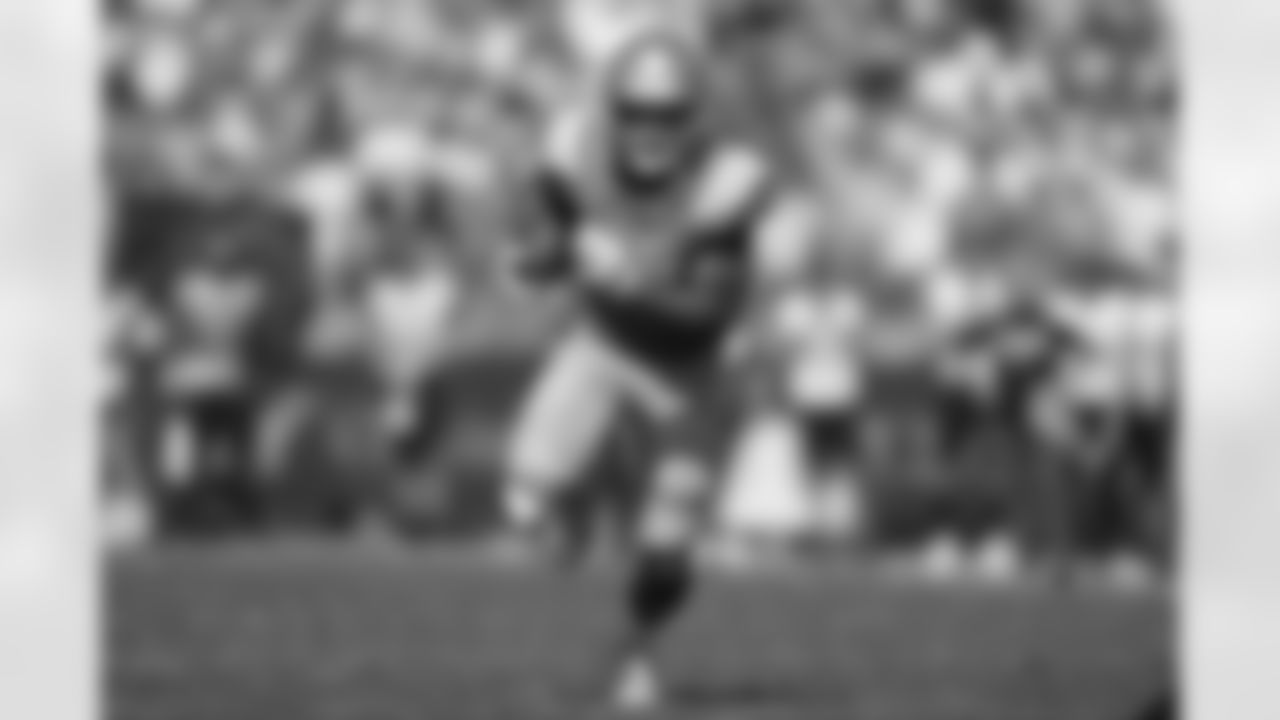
No. 50 Zach Charbonnet, RB, UCLA
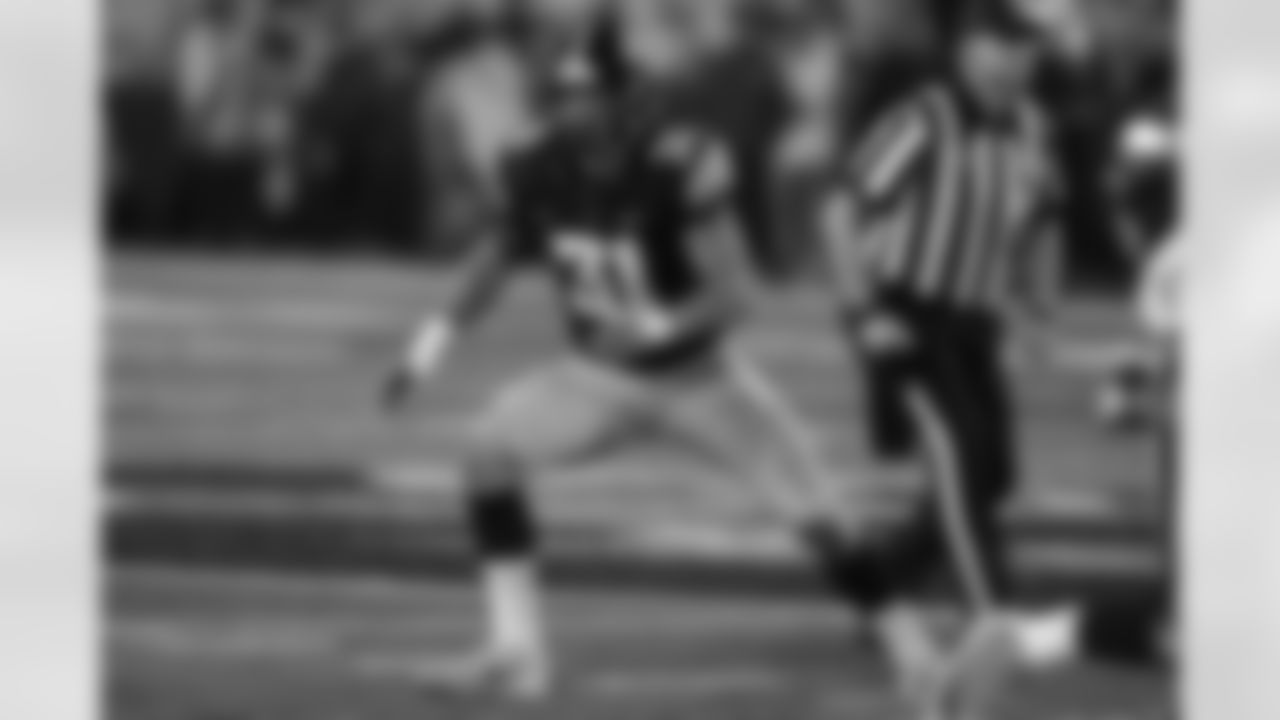
No. 49 Jack Campbell, LB, Iowa

No. 48 John Michael Schmitz, IOL, Minnesota

No. 40 Keeanu Benton, DT, Wisconsin

No. 47 Kelee Ringo, CB, Georgia
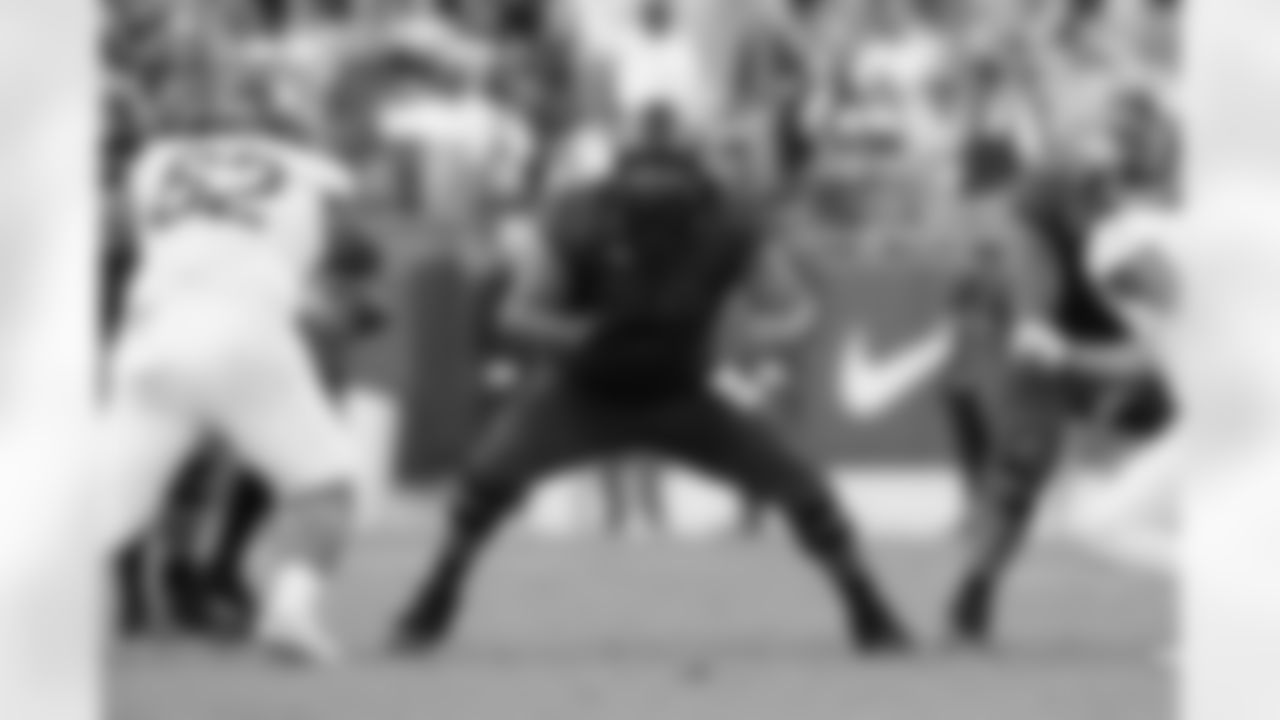
No. 37 Steve Avila, IOL, TCU

No. 46 Hendon Hooker, QB, Tennessee

No. 45 Trenton Simpson, LB, Clemson
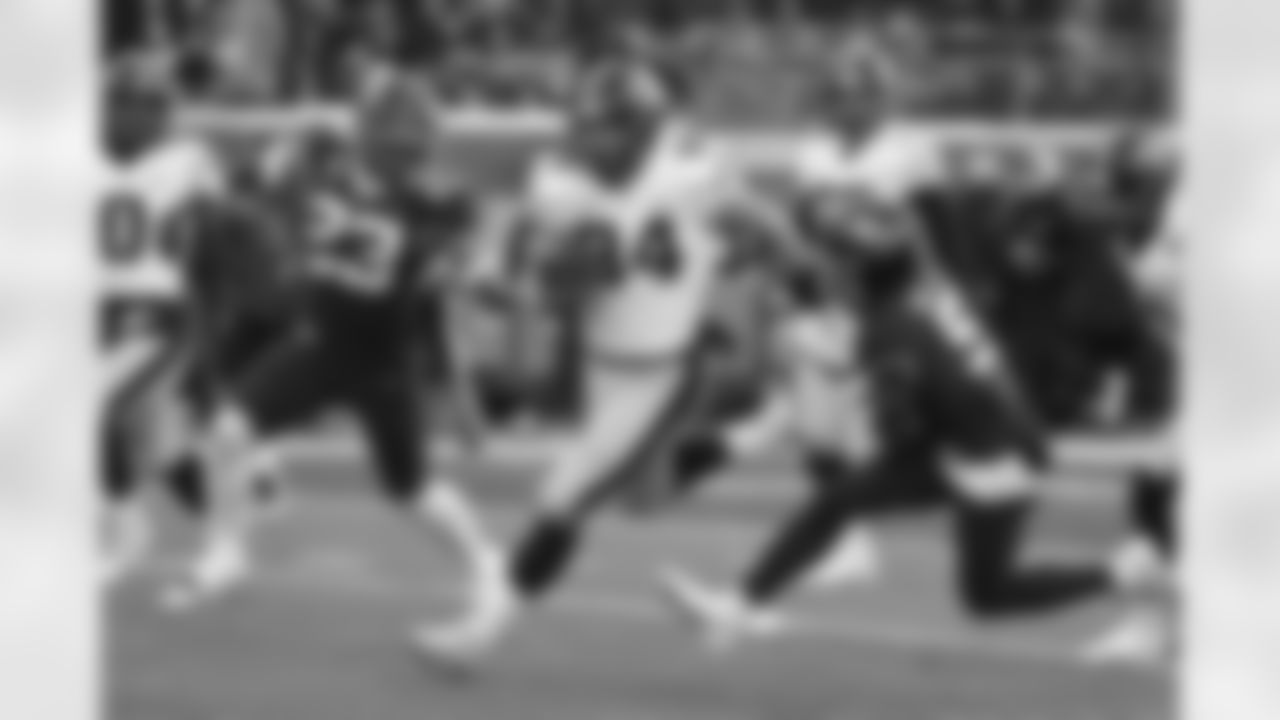
No. 44 Sam LaPorta, TE, Iowa

No. 43 Mazi Smith, DT, Michigan

No. 42 Jalin Hyatt, WR, Tennessee

No. 38 Luke Musgrave, TE, Oregon State
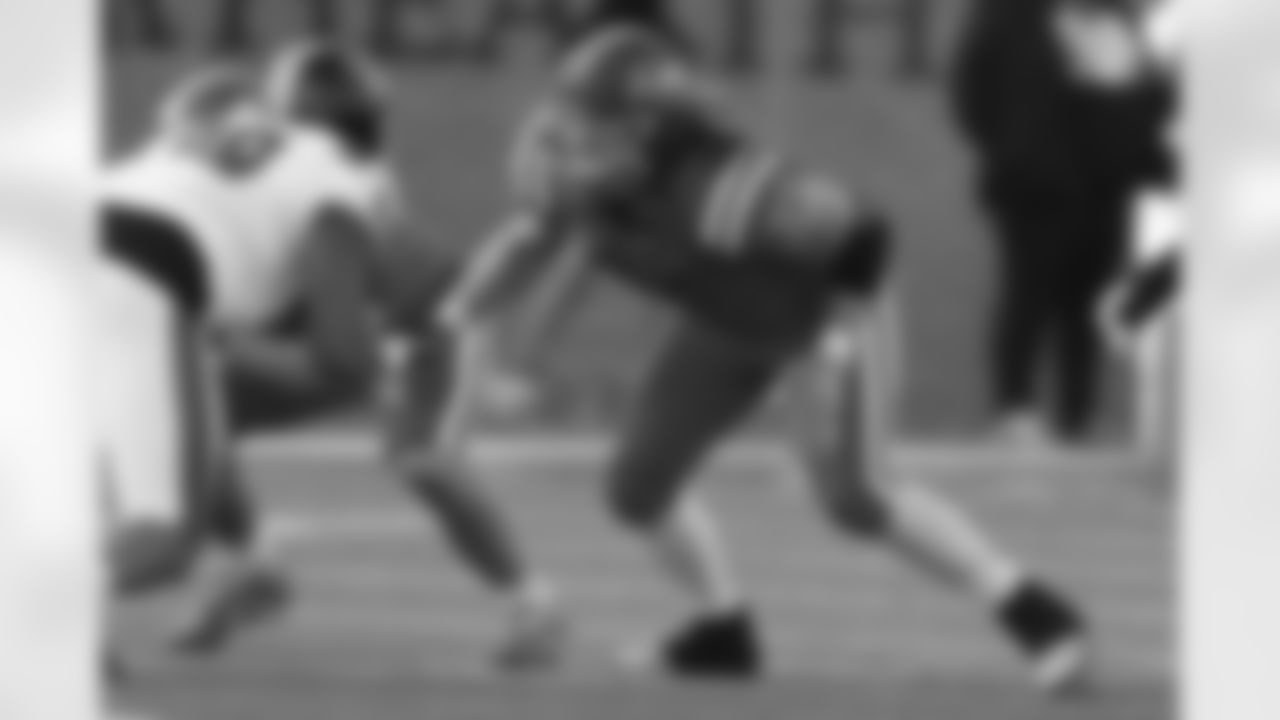
No. 39 Cody Mauch, OT, North Dakota State

No. 36 Bryan Bresee, DT, Clemson
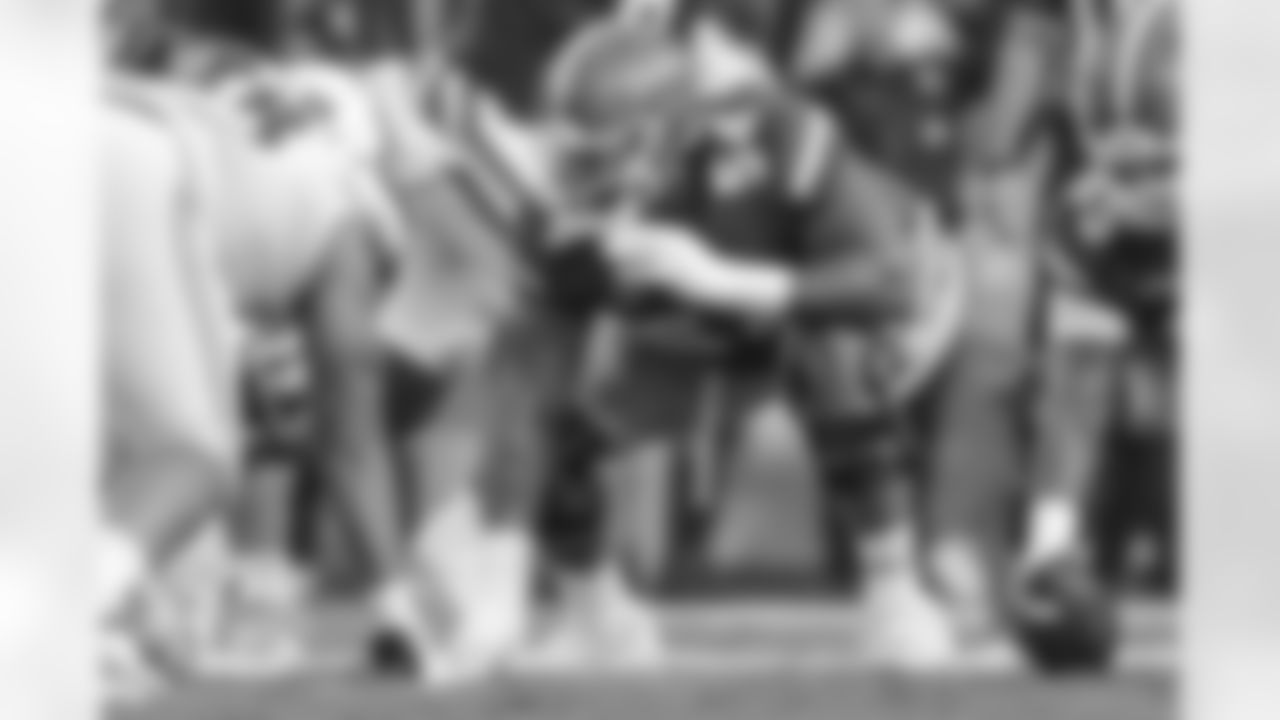
No. 41 O'Cyrus Torrence, IOL, Florida

No. 35 BJ Ojulari, EDGE, LSU

No. 27 Emmanuel Forbes, CB, Mississippi State
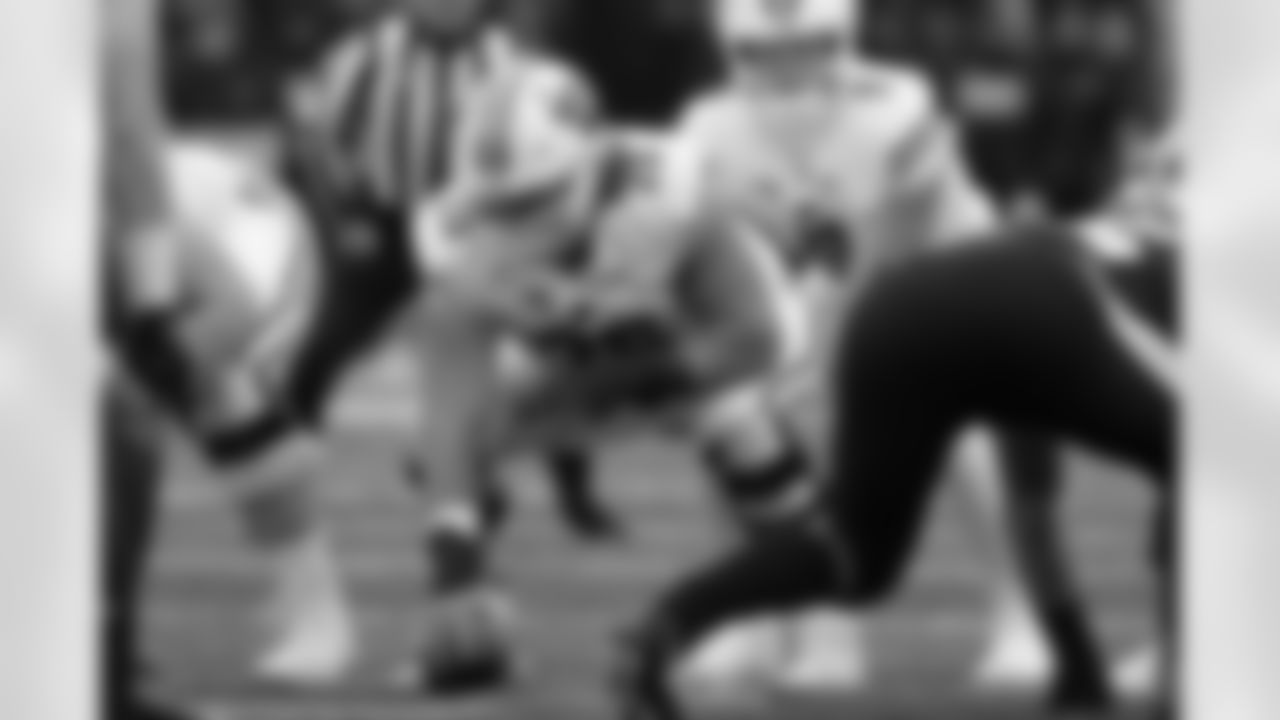
No. 34 Joe Tippmann, IOL, Wisconsin
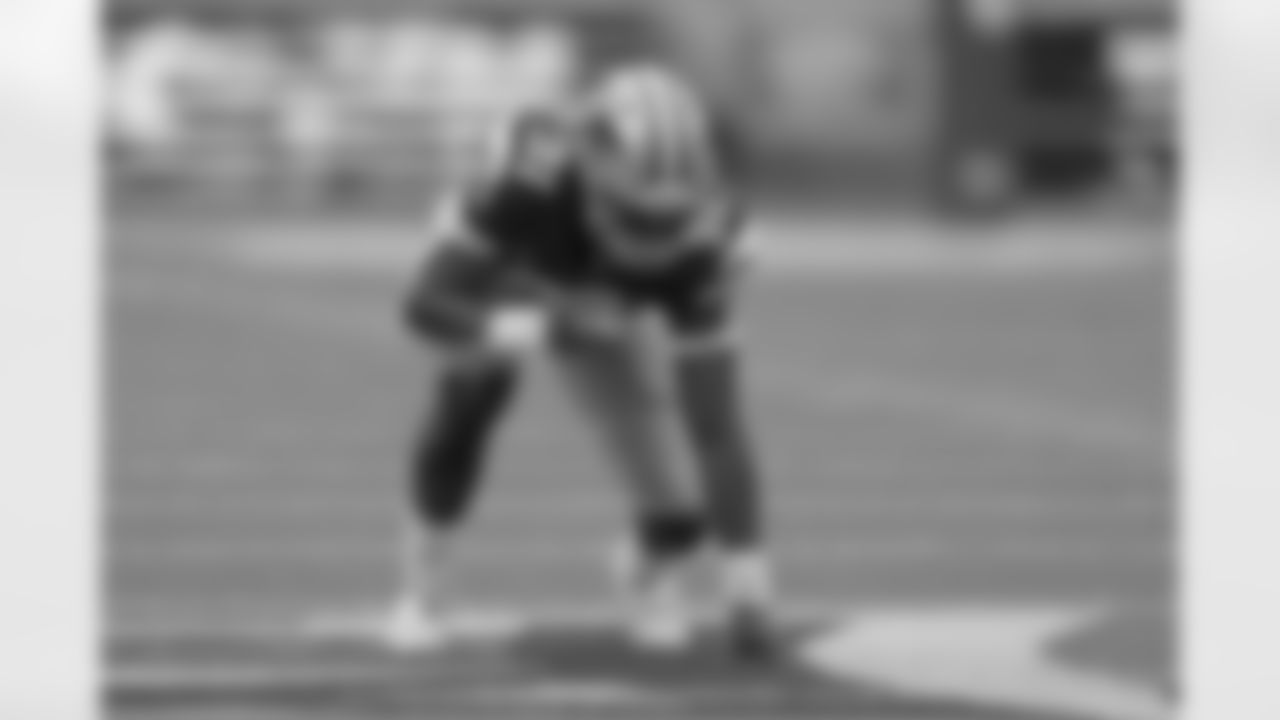
No. 32 Felix Anudike-Uzomah, EDGE, Kansas State

No. 31 Brian Branch, DB, Alabama

No. 30 Quentin Johnson, WR, TCU

No. 29 Jahmyr Gibbs, RB, Alabama
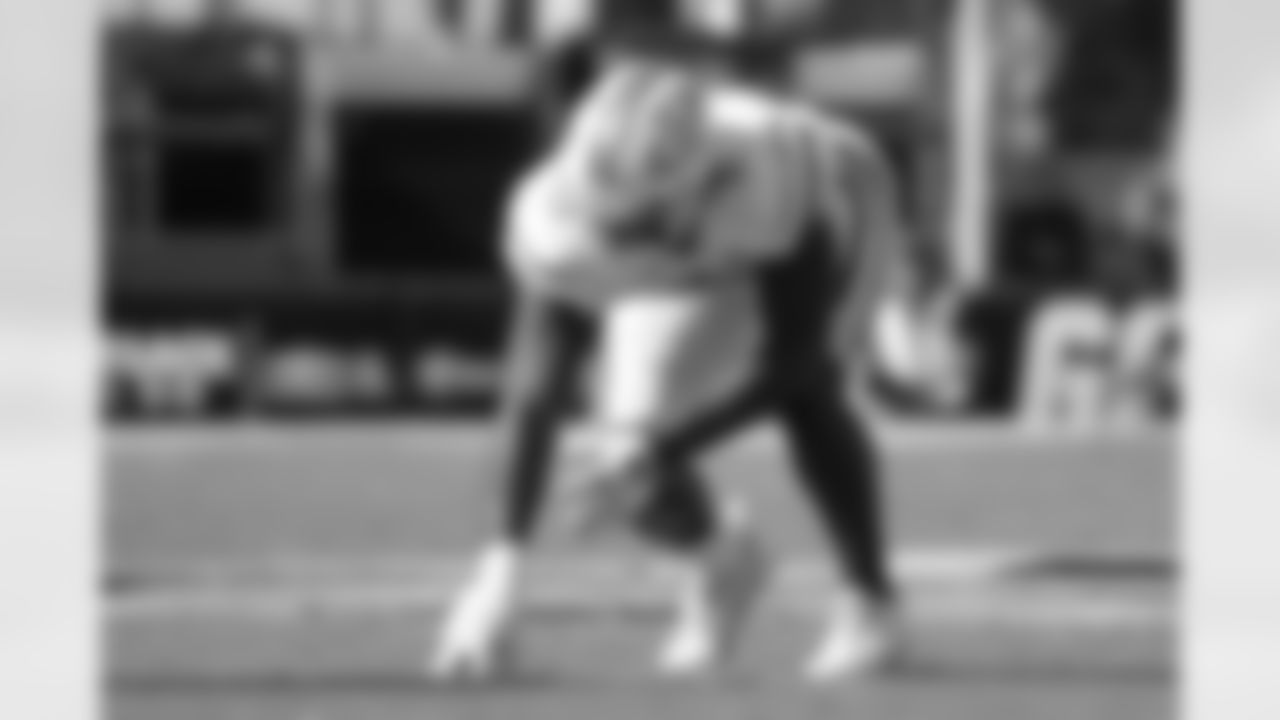
No. 28 Keion White, EDGE, Georgia Tech
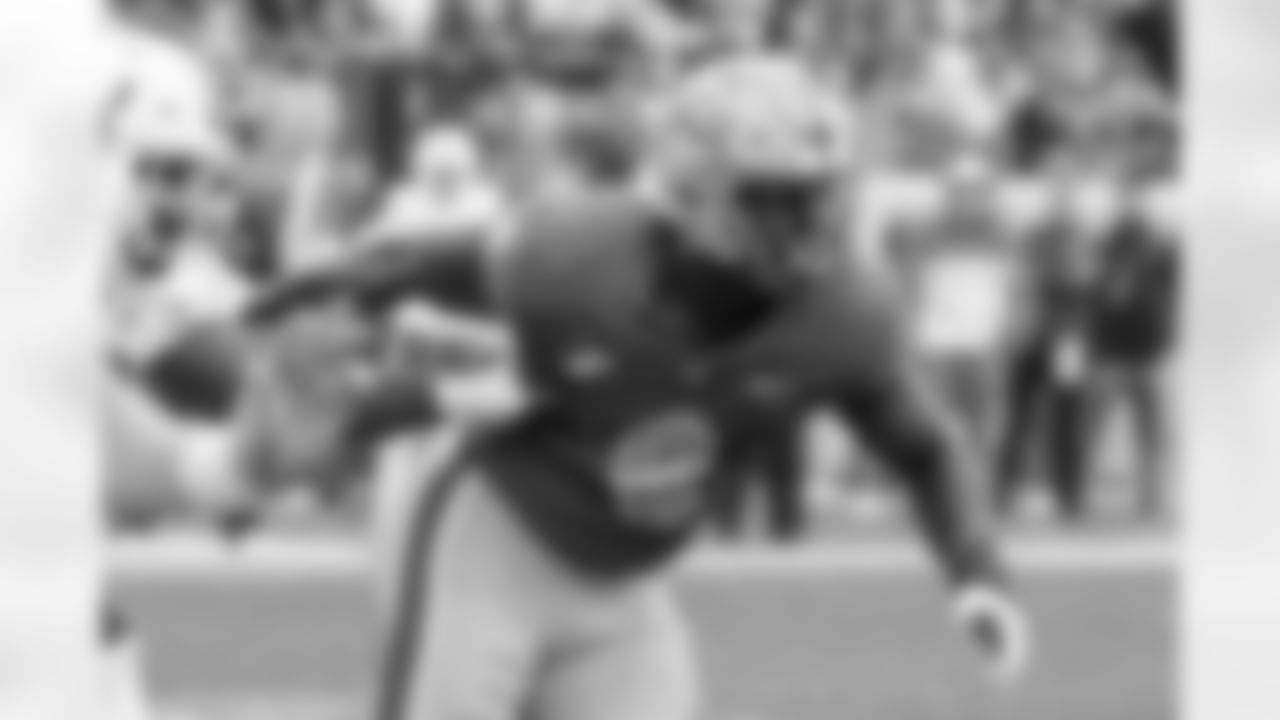
No. 26 Calijah Kancey, DT, Pittsburgh

No. 25 Will McDonald IV, EDGE, Iowa State

No. 33 Darnell Washington, TE, Georgia

No. 24 Deonte Banks, CB, Maryland

No. 21 Myles Murphy, EDGE, Clemson

No. 22 Zay Flowers, WR, Boston College

No. 20 Michael Mayer, TE, Notre Dame

No. 23 Joey Porter Jr., CB, Penn State

No. 17 Jaxon Smith-Njigba, WR, Ohio State
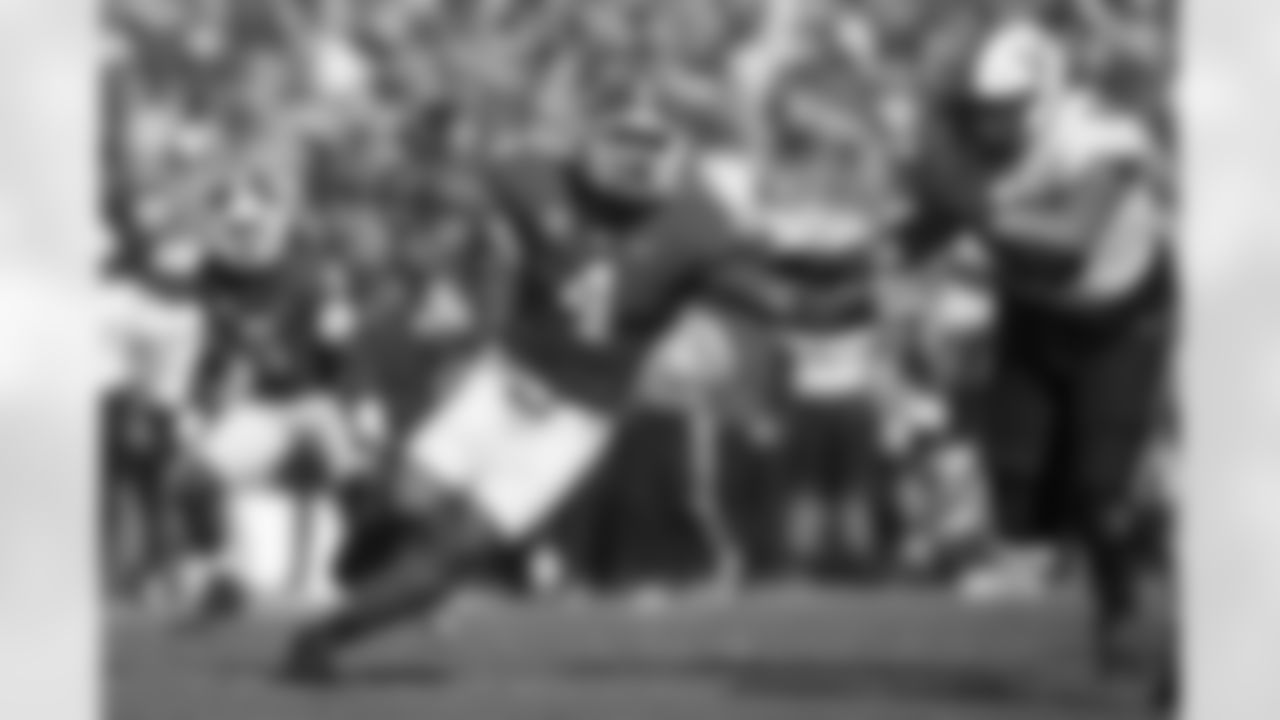
No. 13 Nolan Smith, EDGE, Georgia
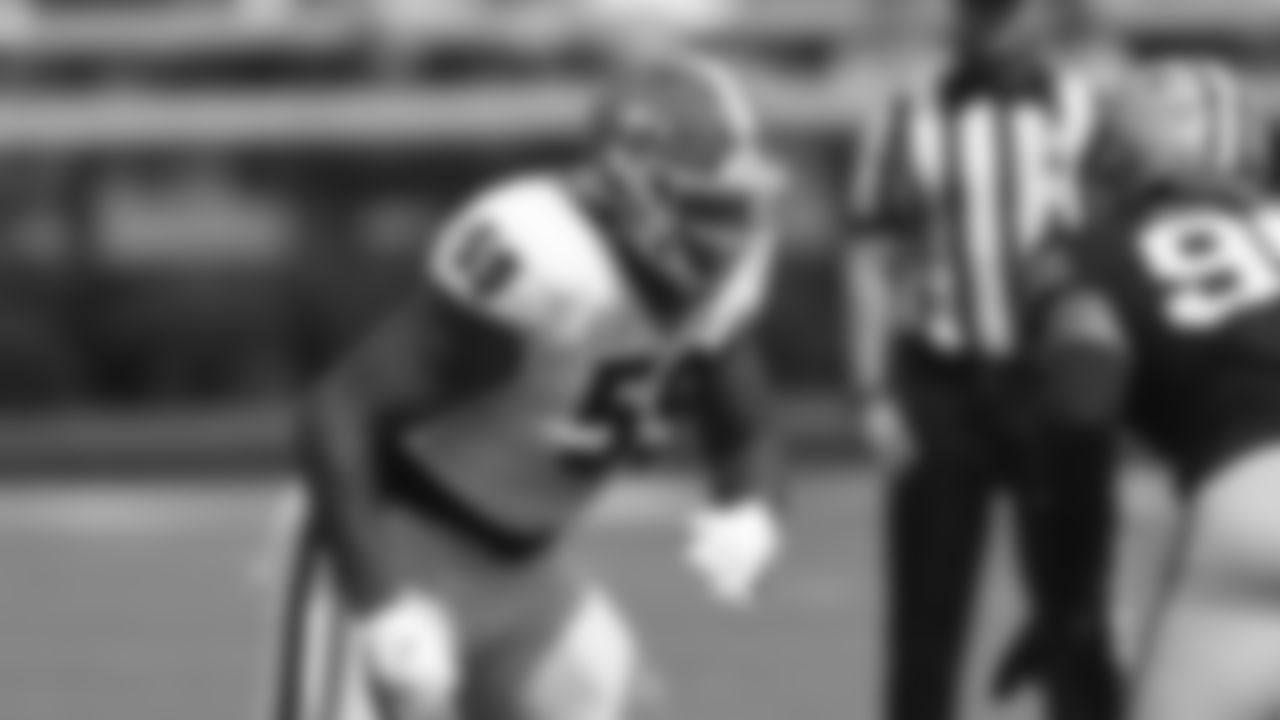
No. 19 Broderick Jones, OT Georgia
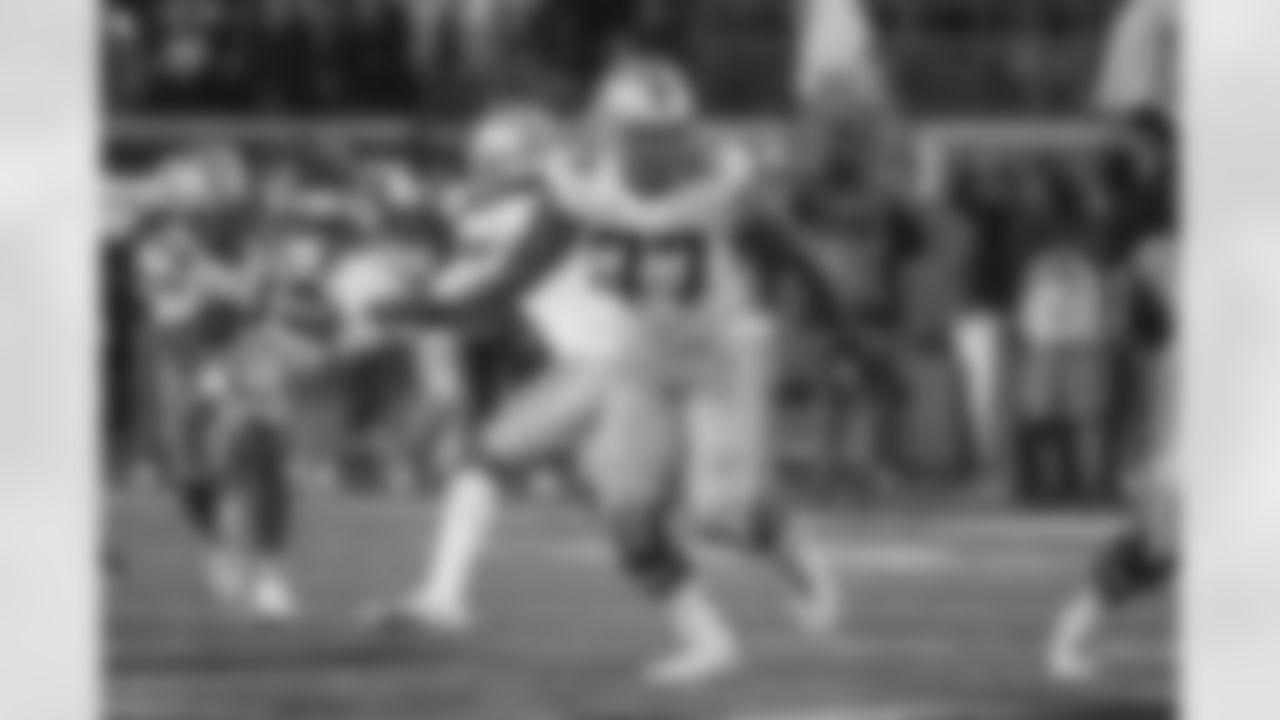
No. 16 Paris Johnson Jr., OT, Ohio State

No. 18 Darnell Wright, OT, Tennessee
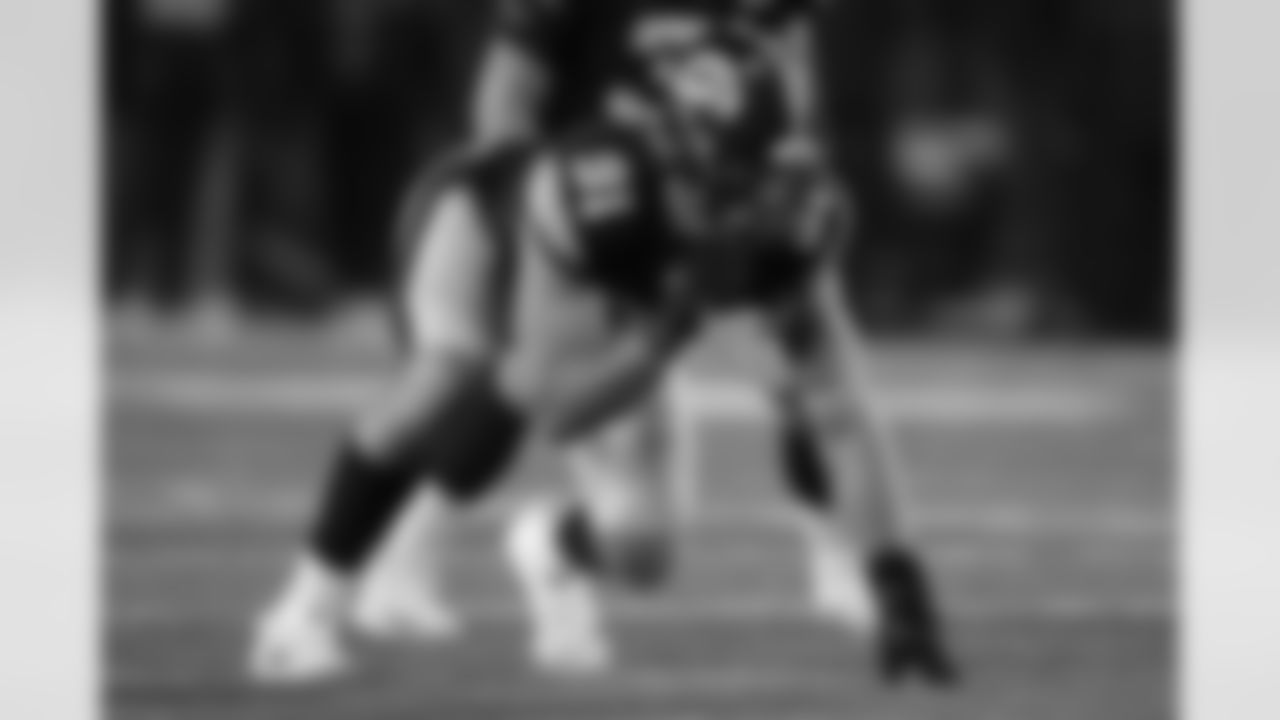
No. 14 Lukas Van Ness, EDGE, Iowa

No. 15 Jordan Addison, WR, USC

No. 12 Will Levis, QB, Kentucky

No. 10 Christian Gonzalez, CB, Oregon
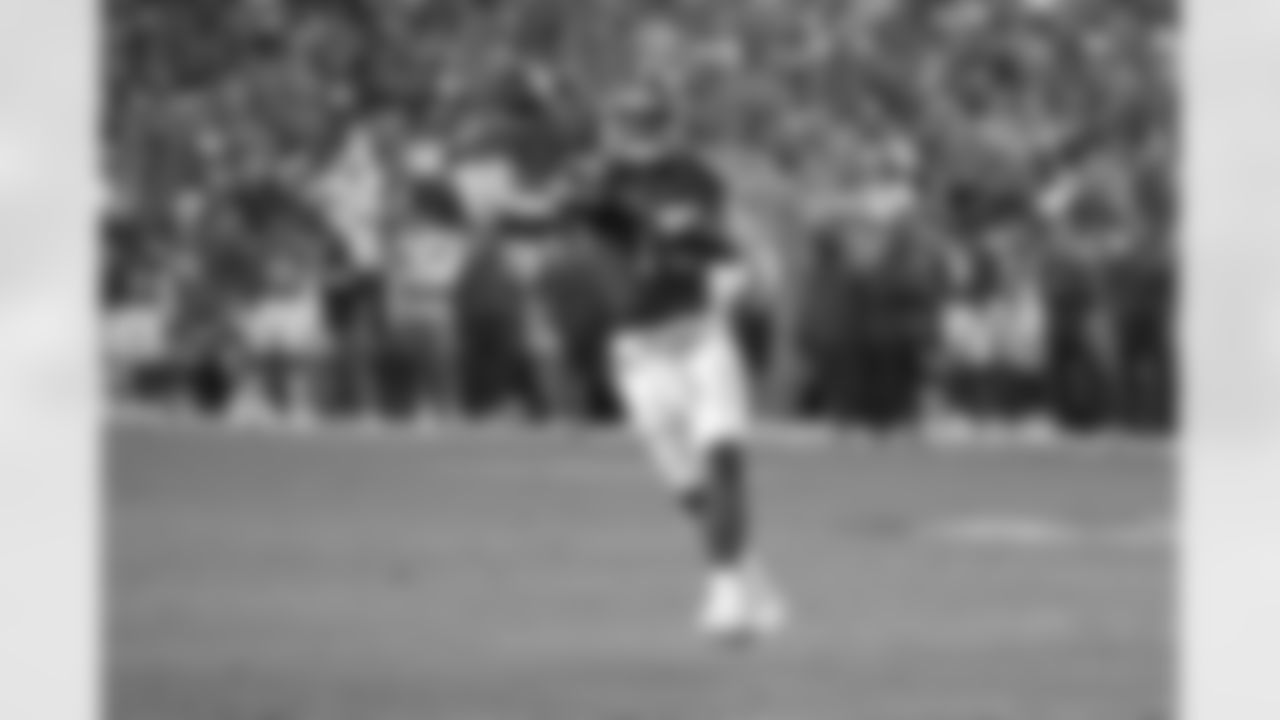
No. 11 Anthony Richardson, QB, Florida

No. 9 Dalton Kincaid, TE, Utah
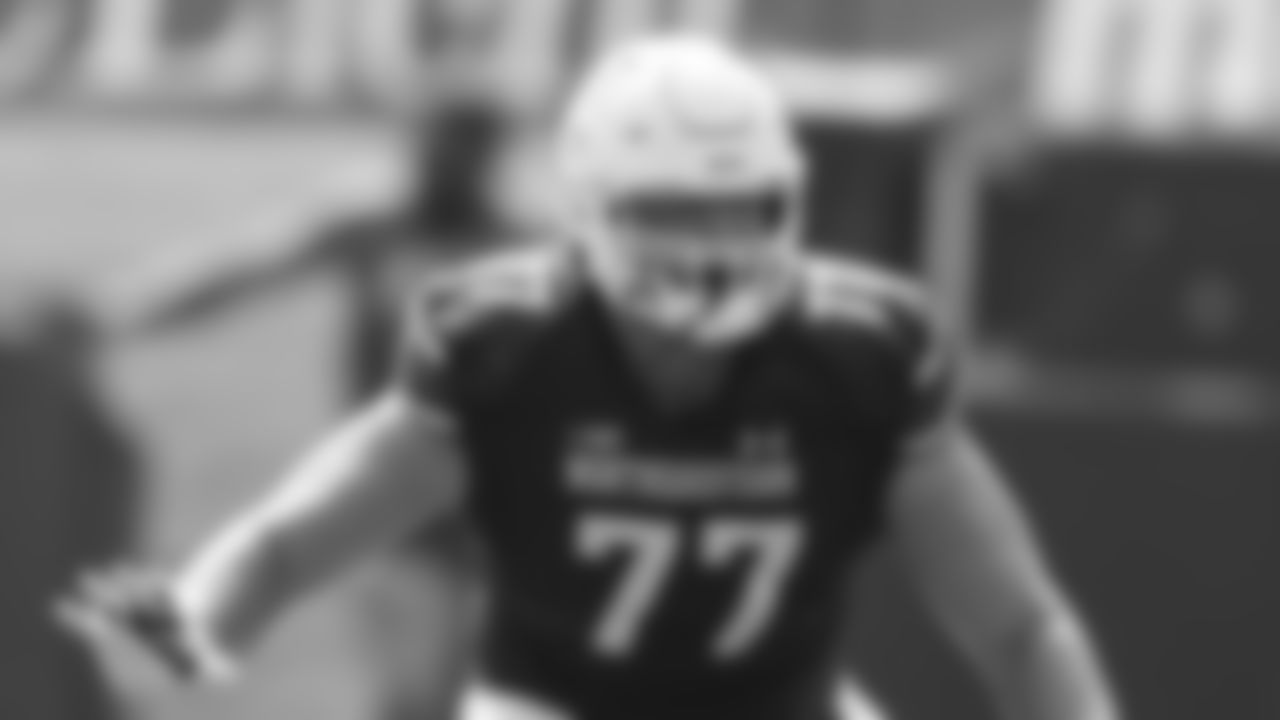
No. 8 Peter Skoronski, OT, Northwestern

No. 7 C.J. Stroud, QB, Ohio State

No. 5 Devon Witherspoon, CB, Illinois

No. 6 Jalen Carter, DT, Georgia

No. 4 Tyree Wilson, EDGE, Texas Tech
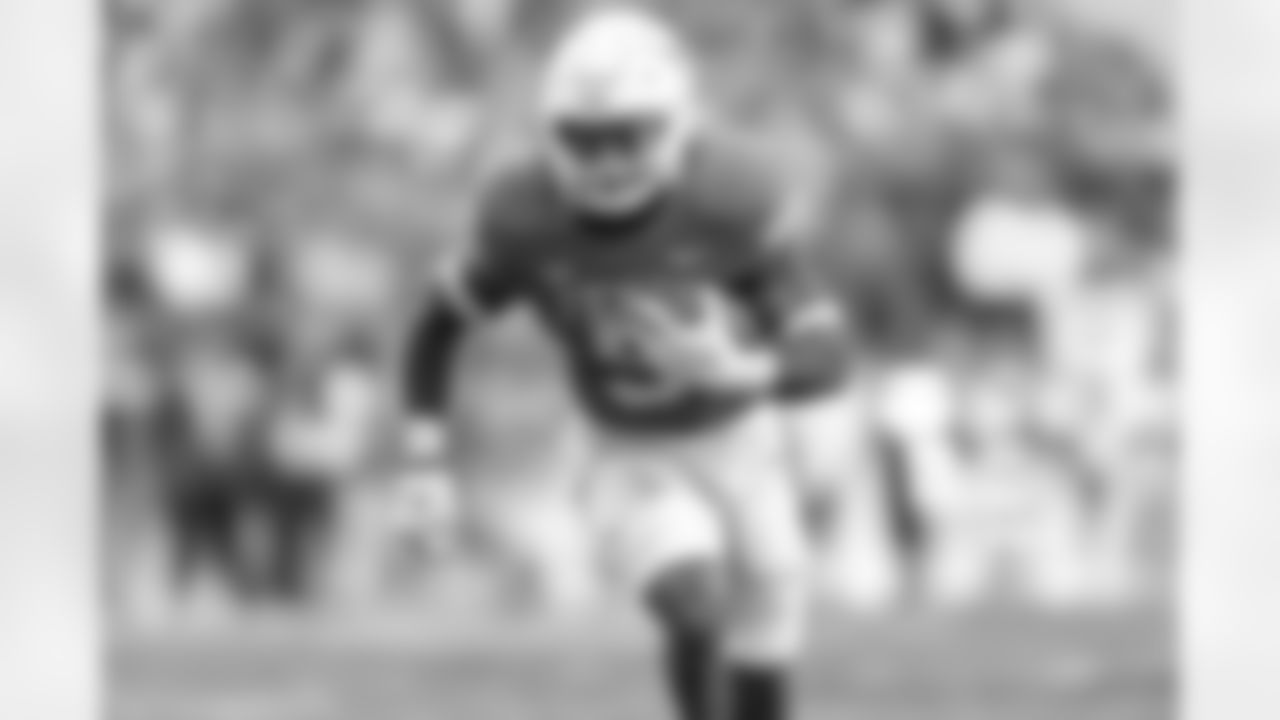
No. 3 Bijan Robinson, RB, Texas
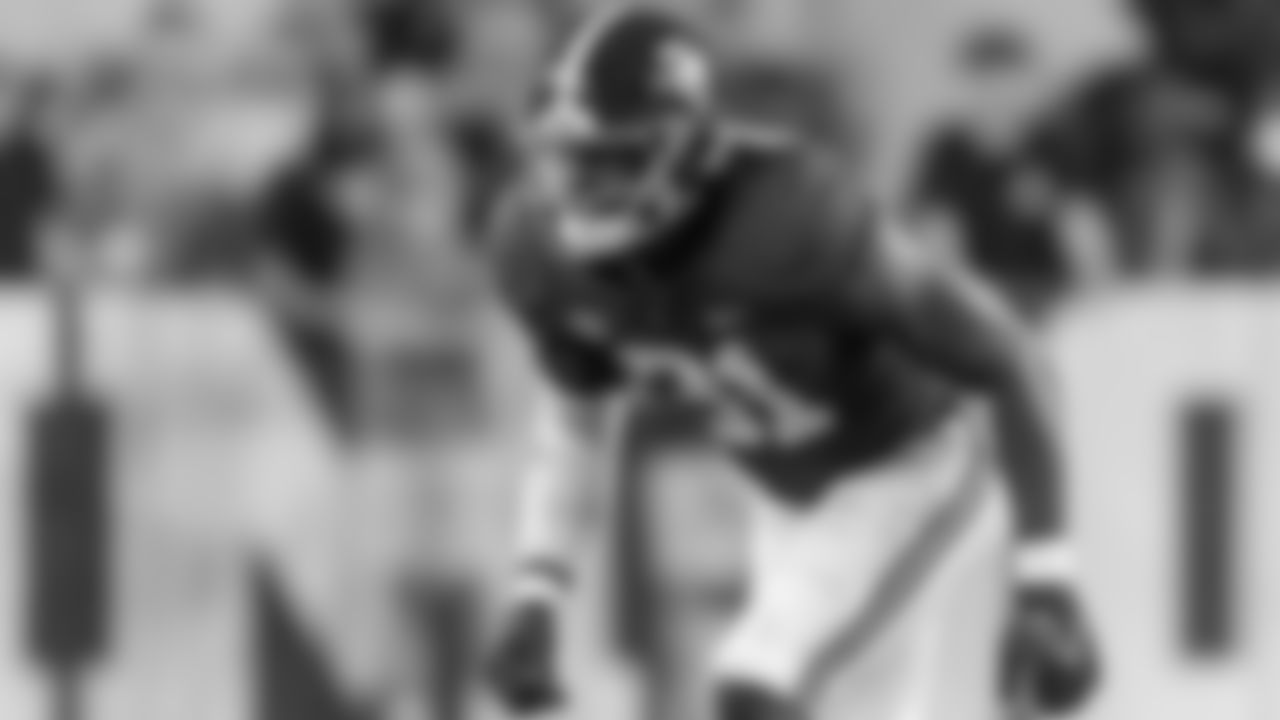
No. 2 Will Anderson Jr., EDGE, Alabama

No. 1 Bryce Young, QB, Alabama



















